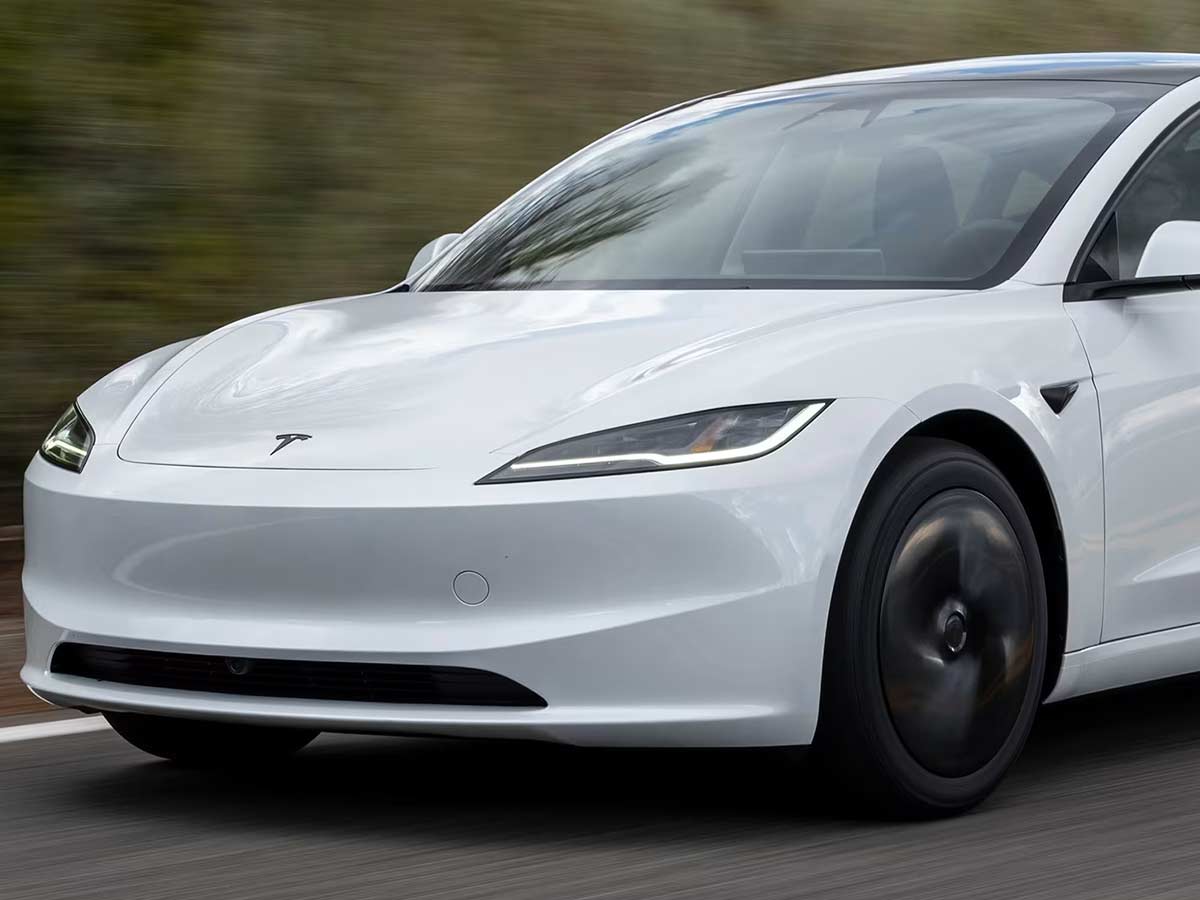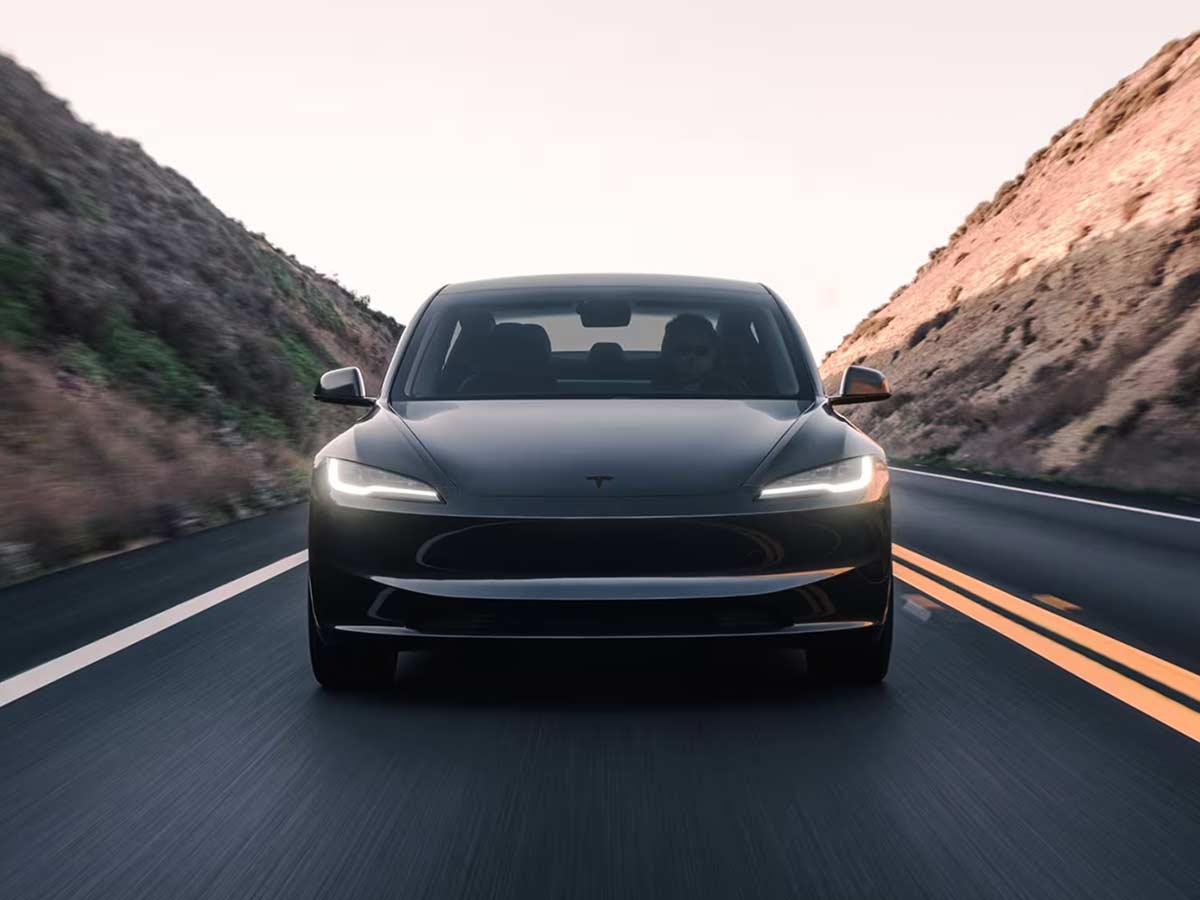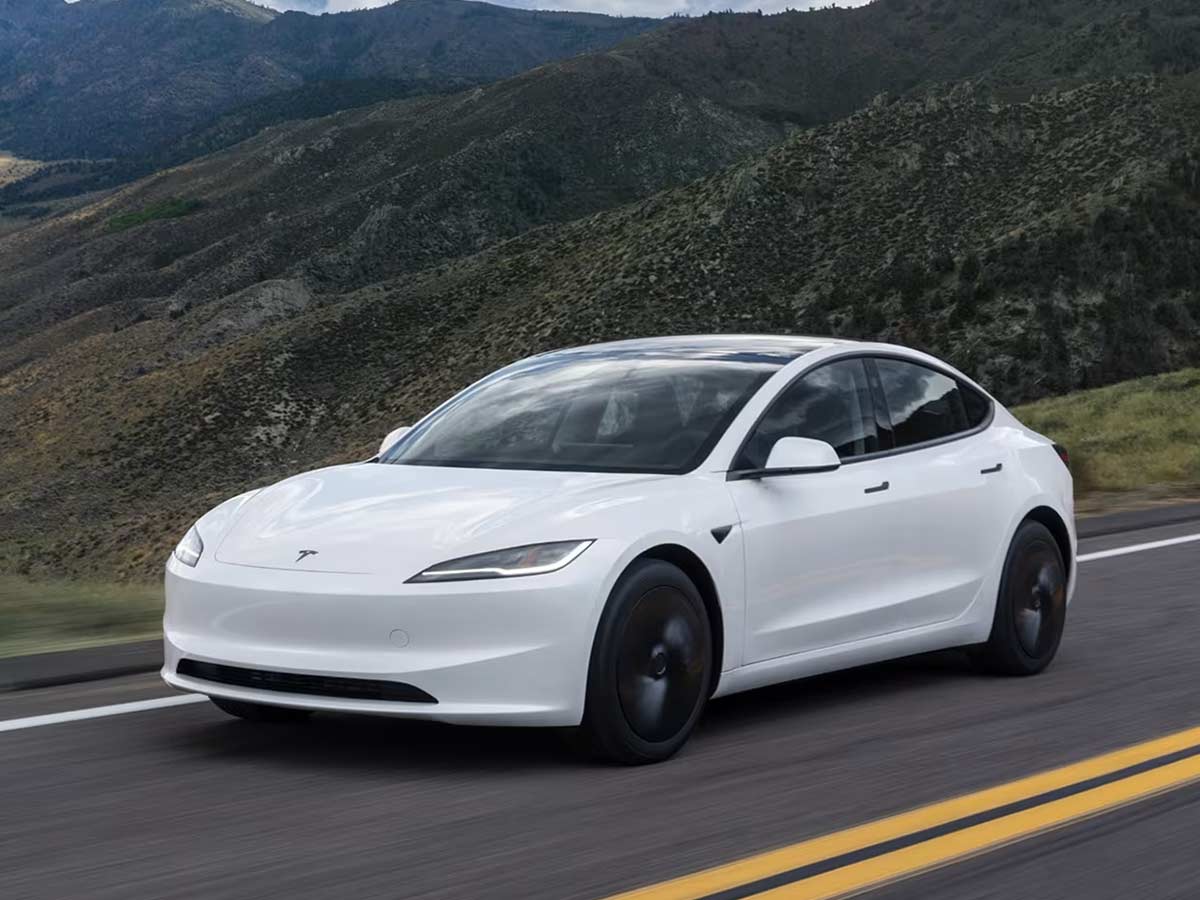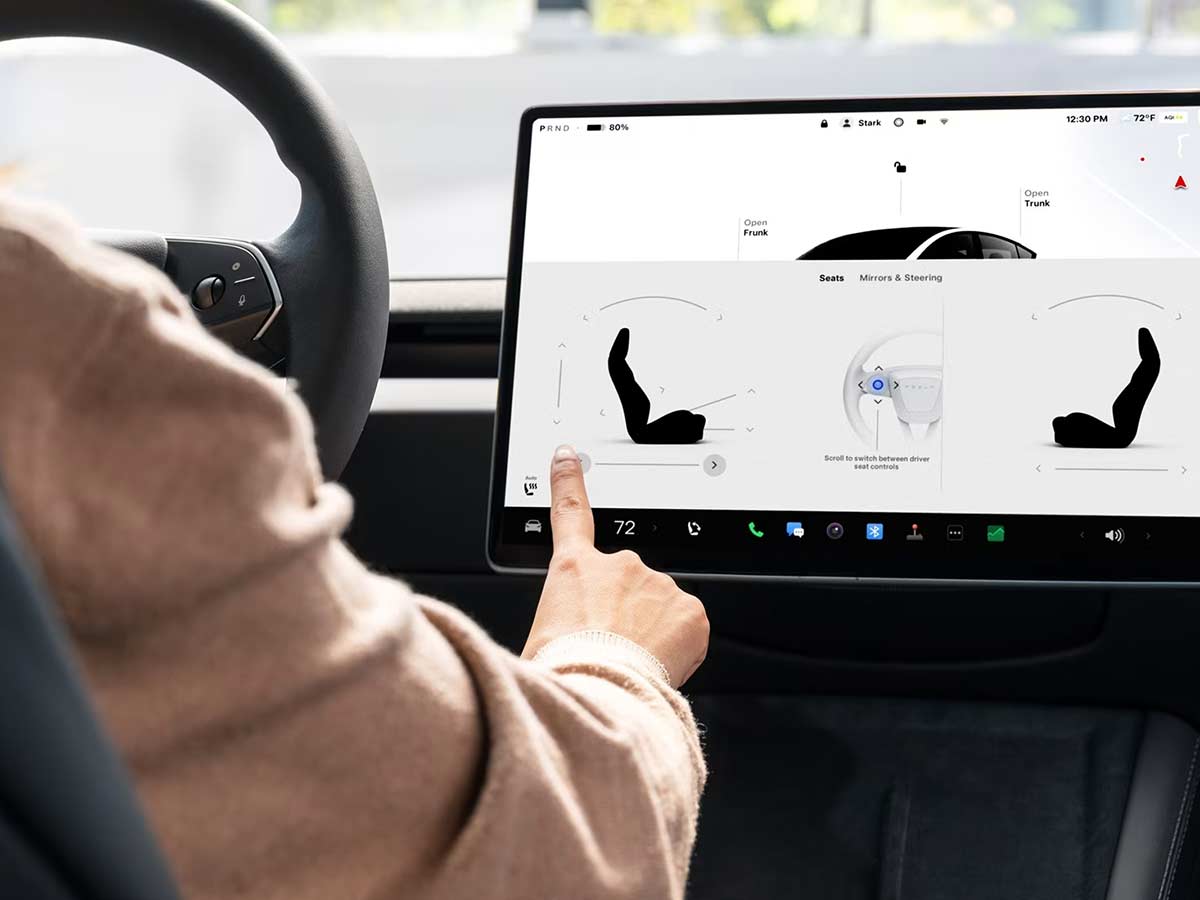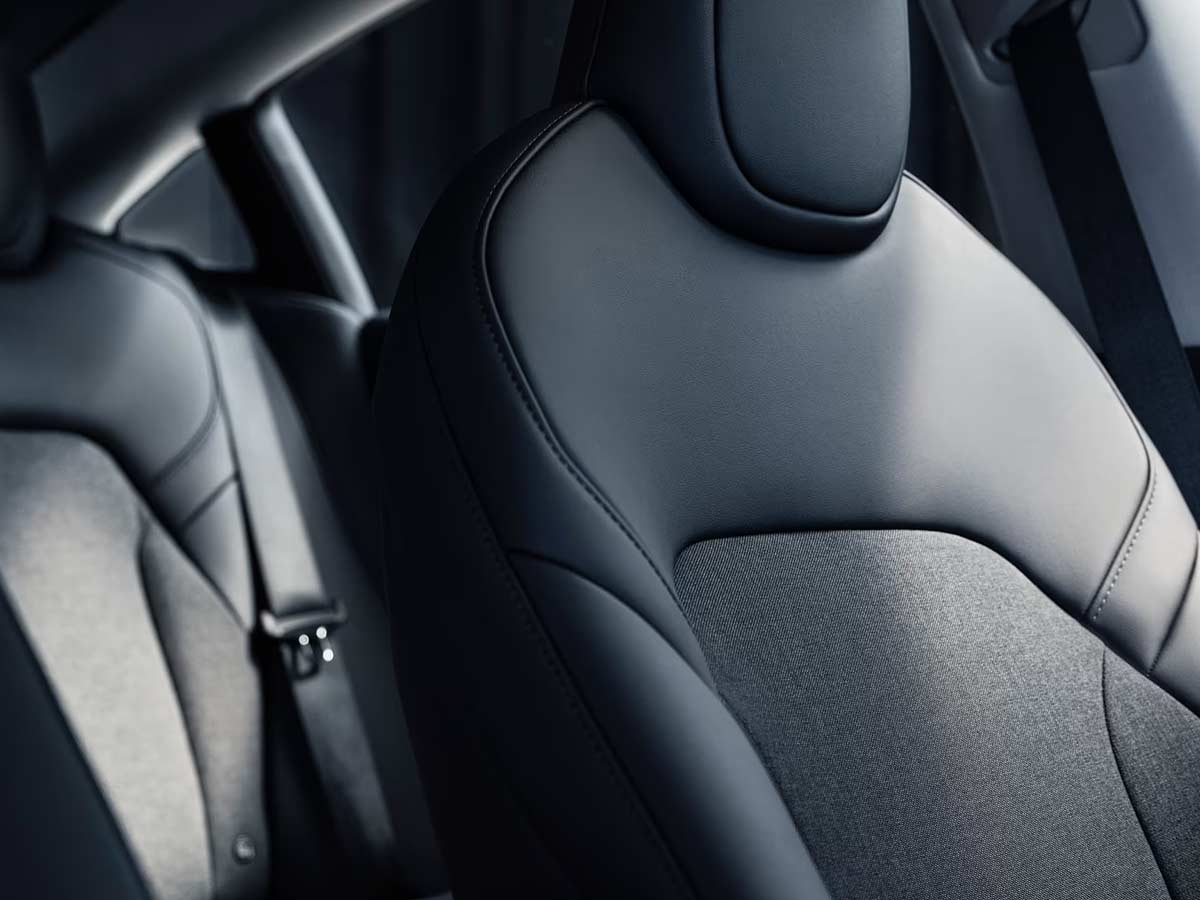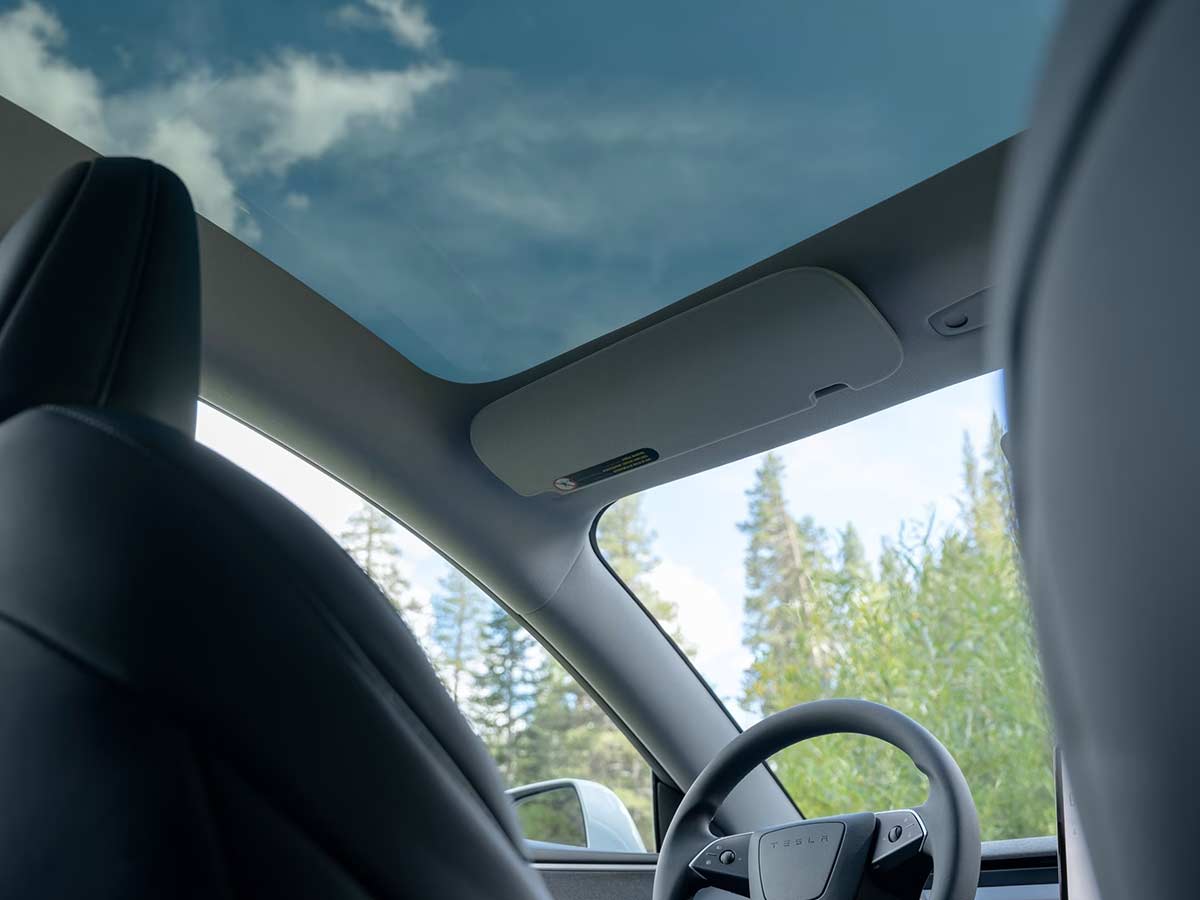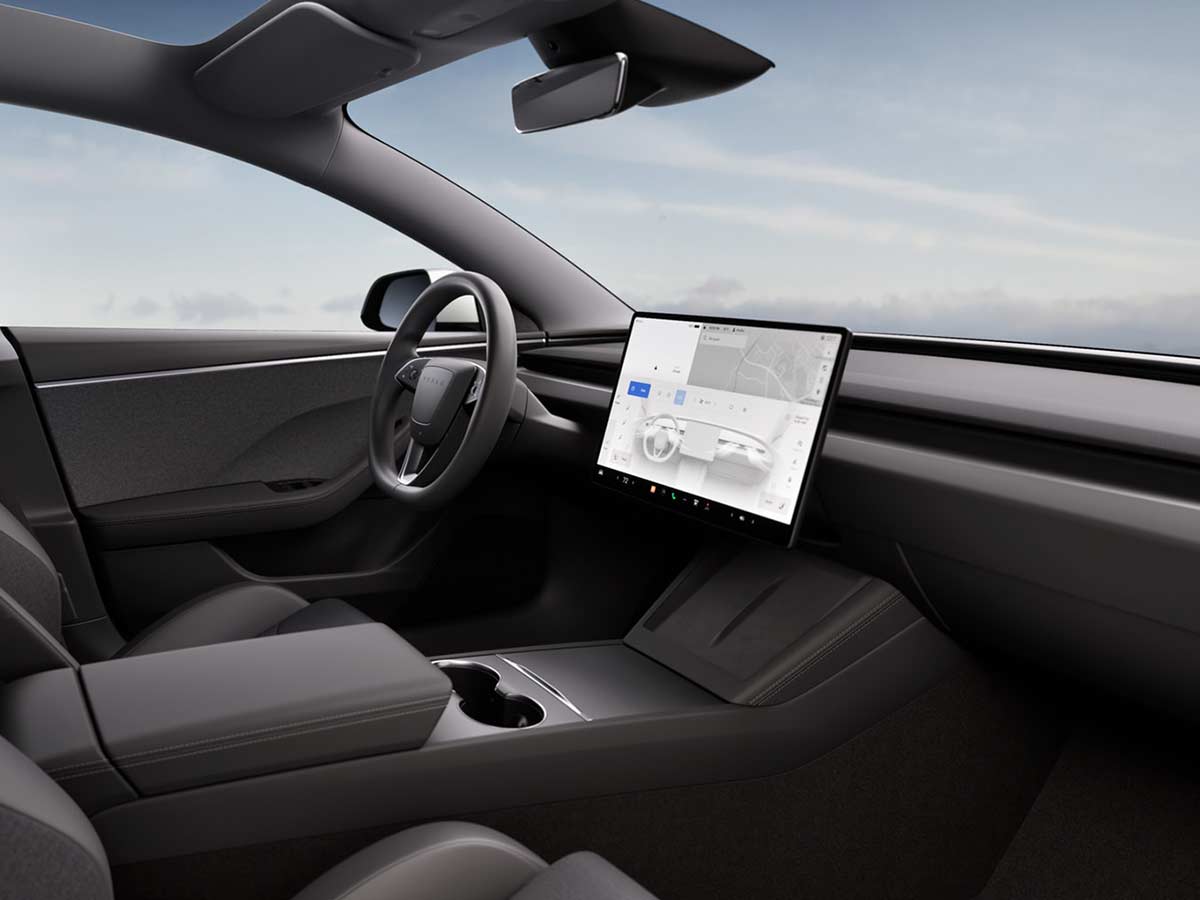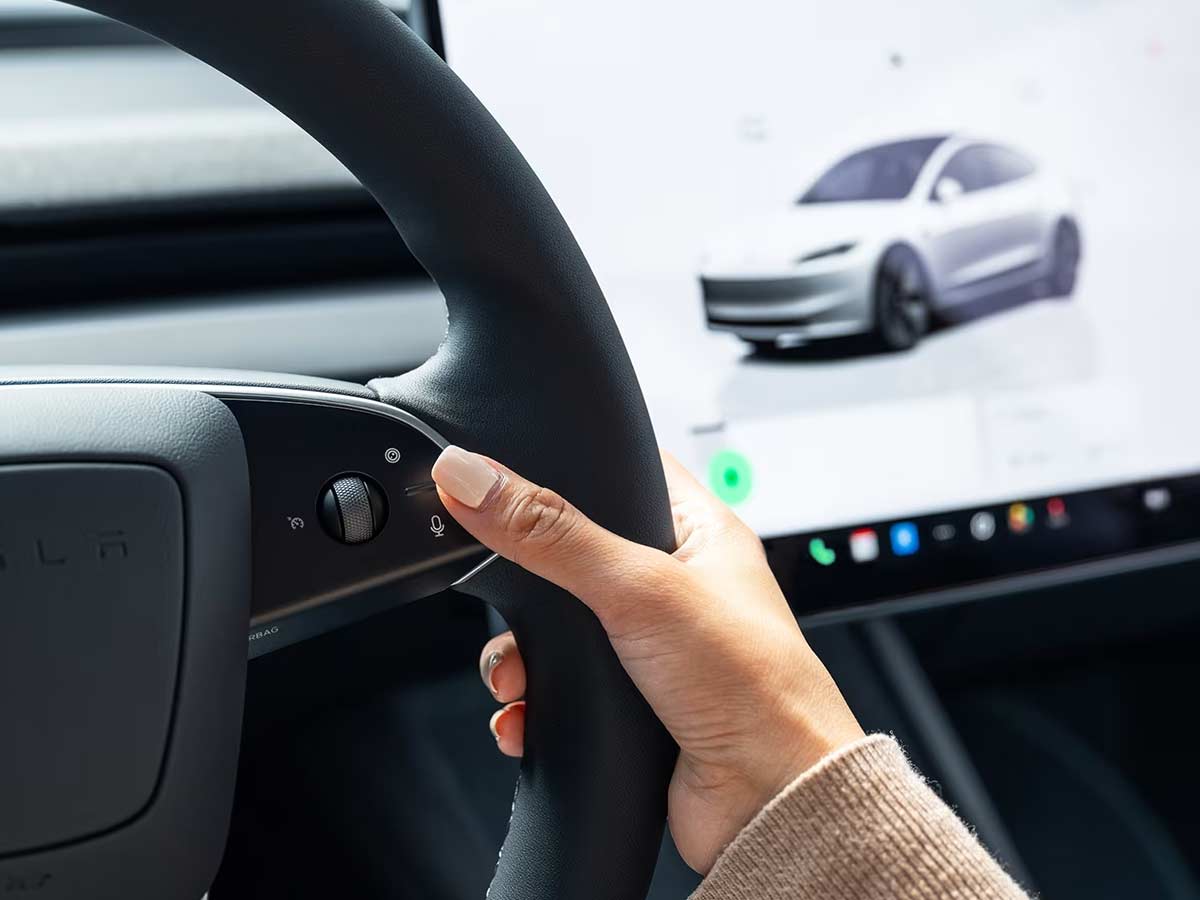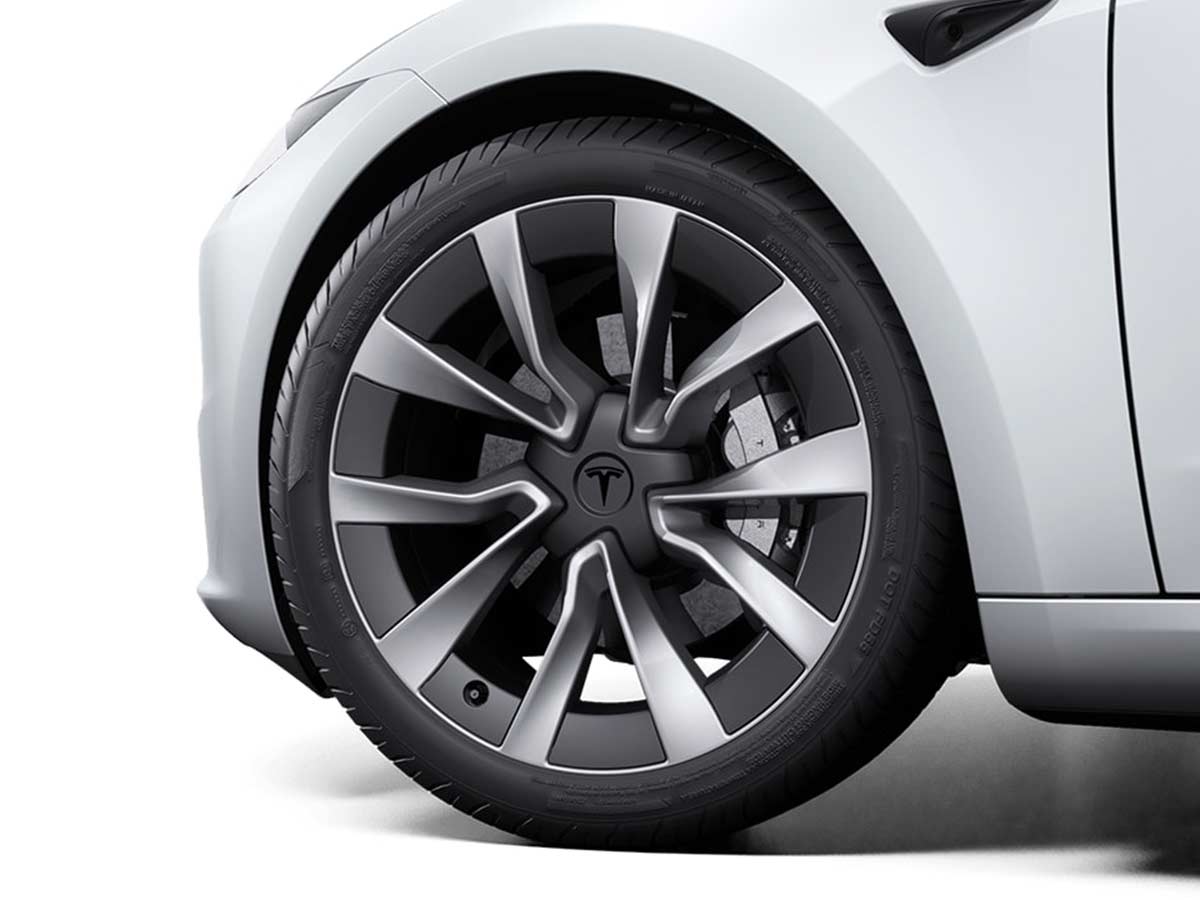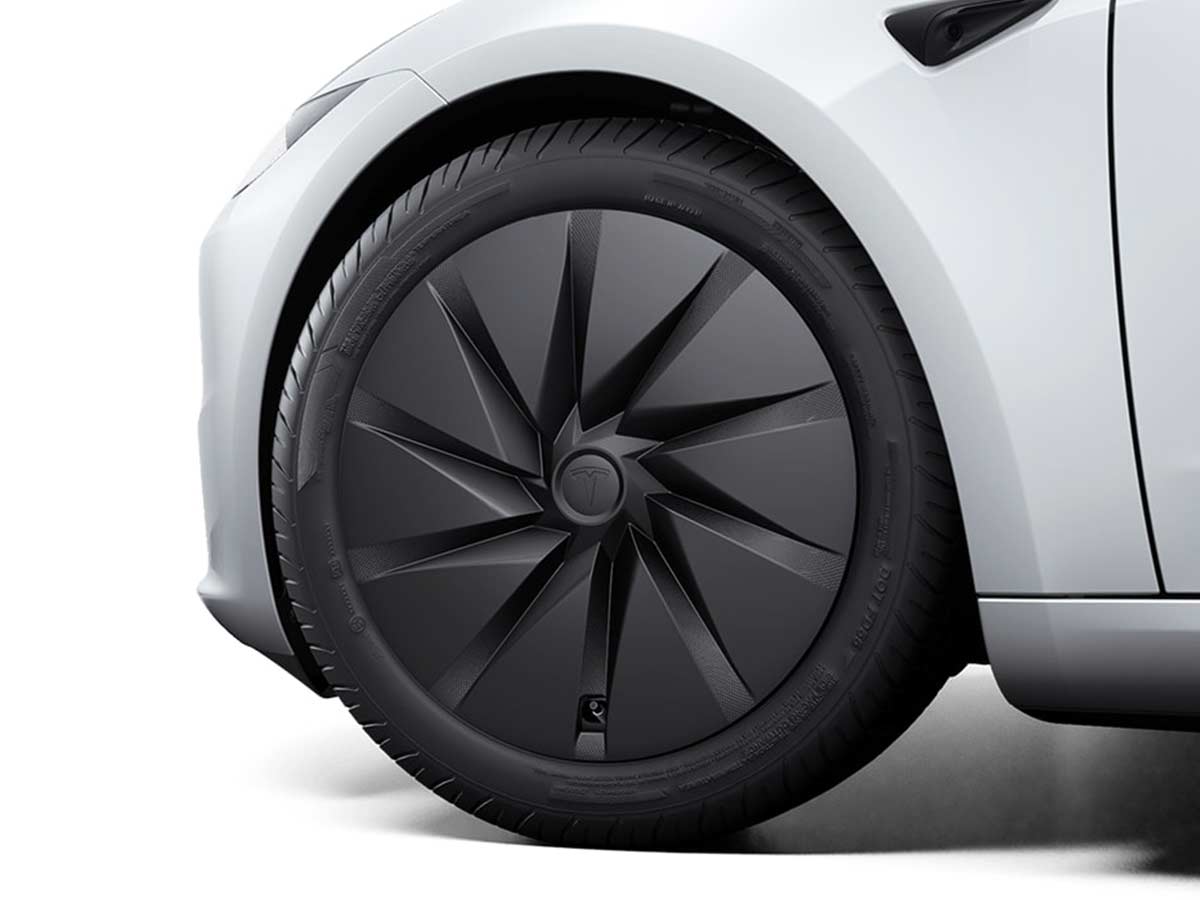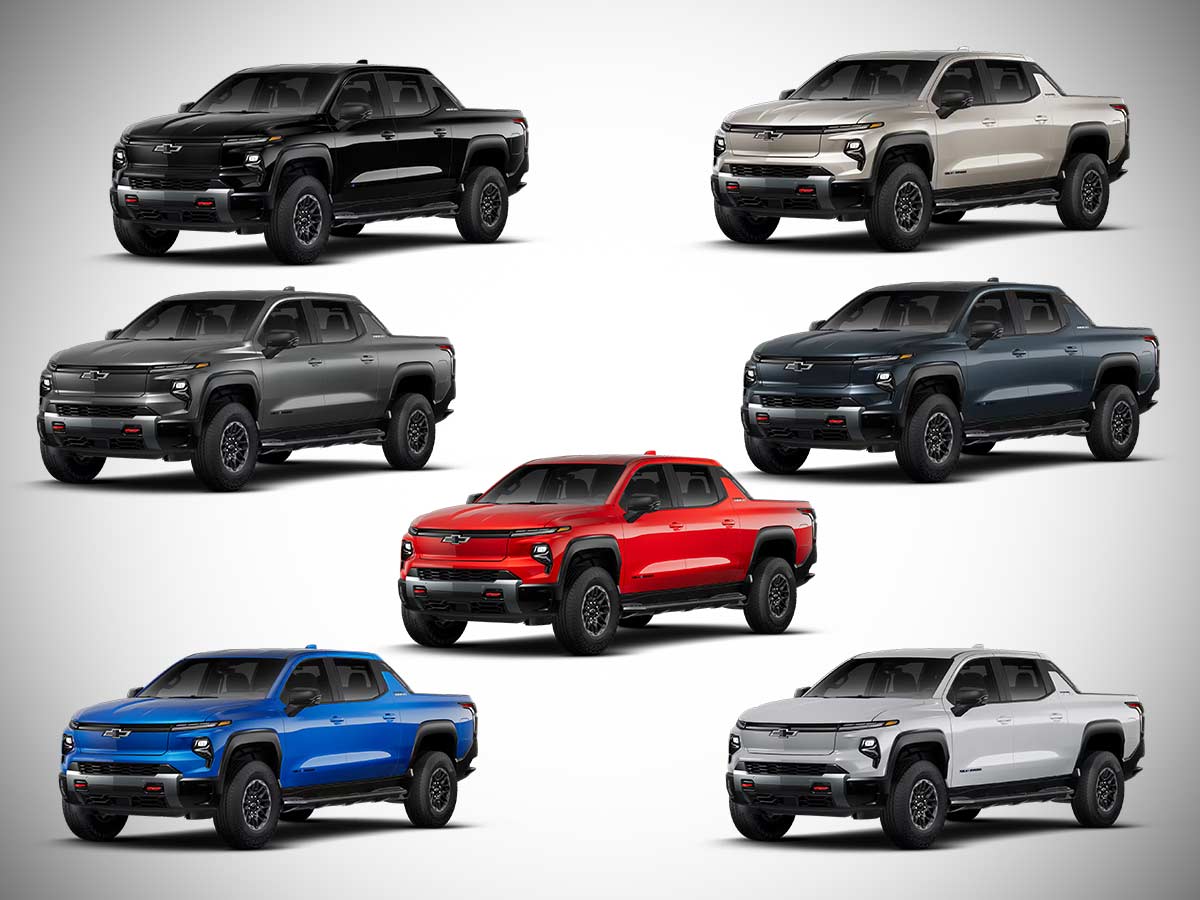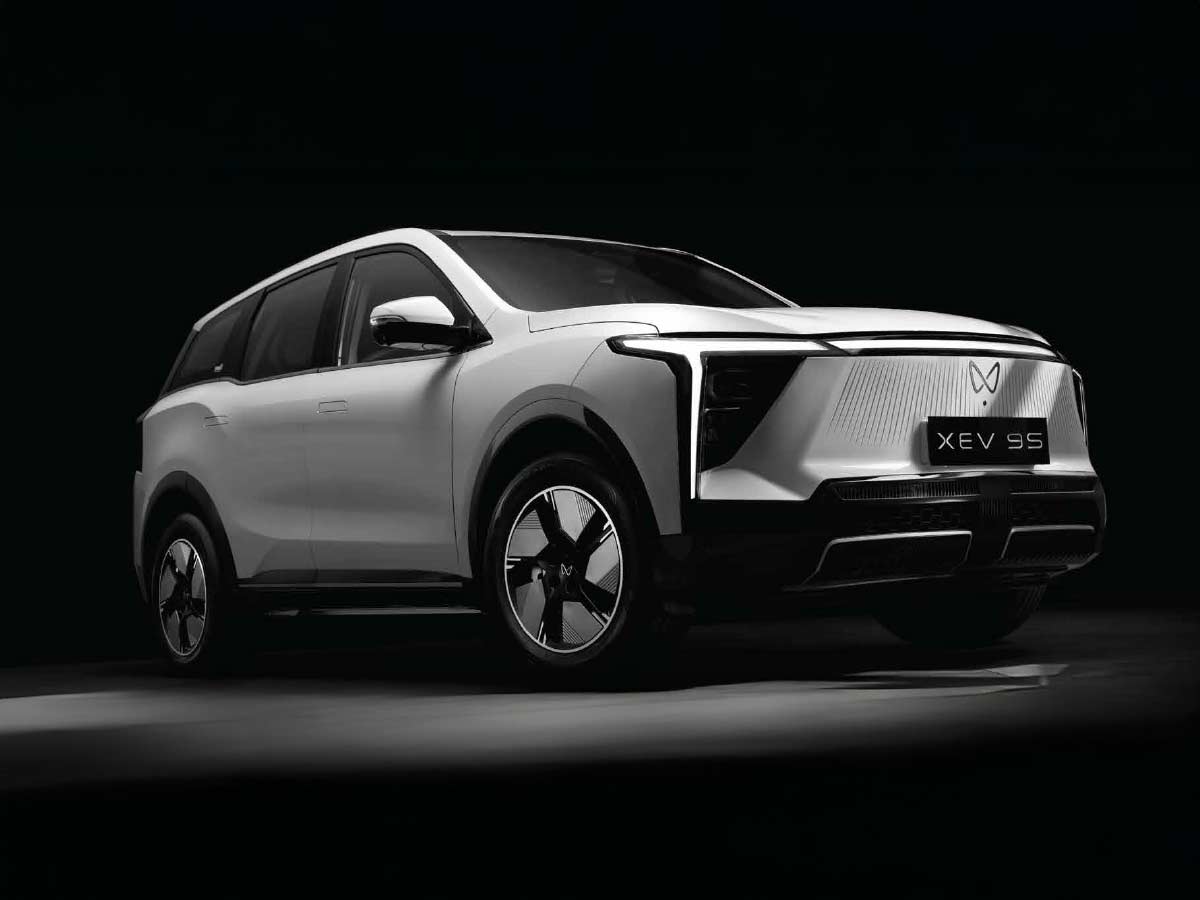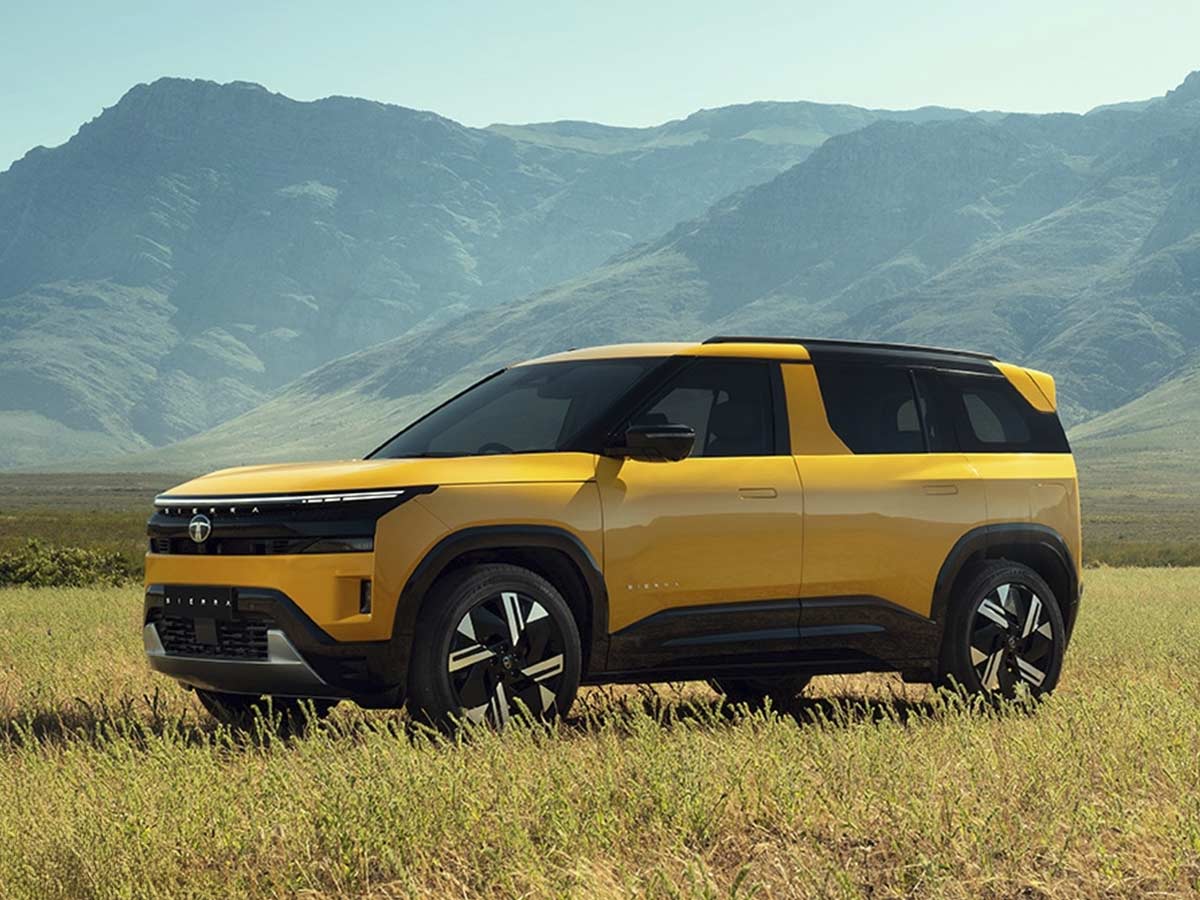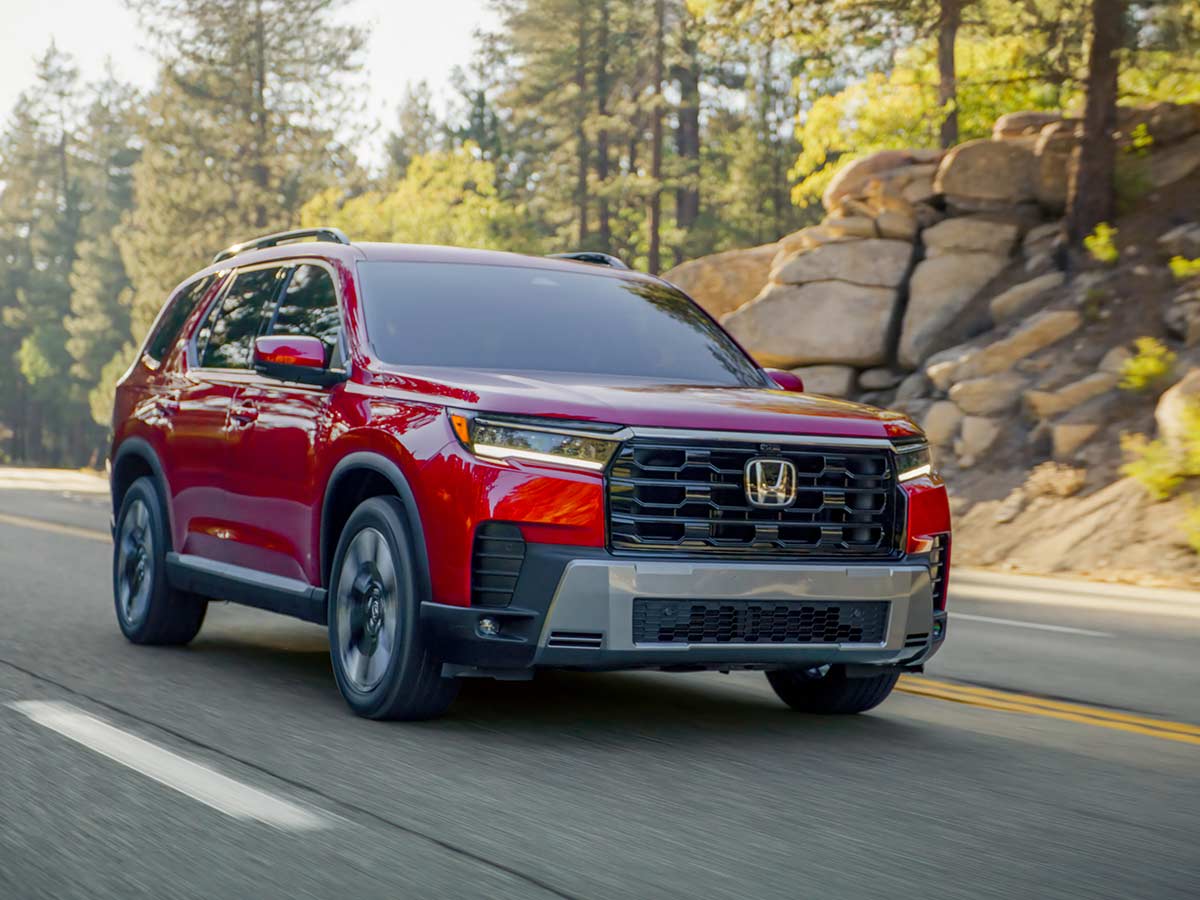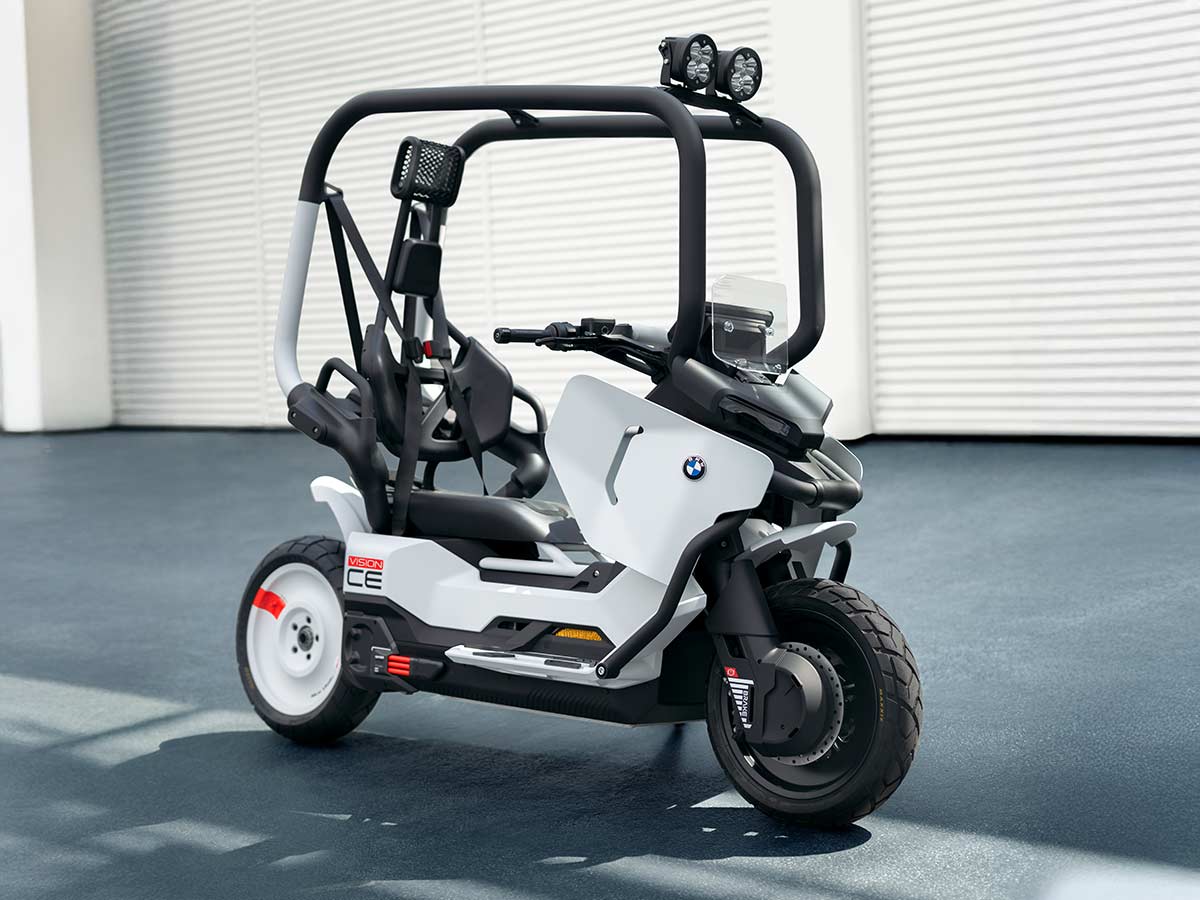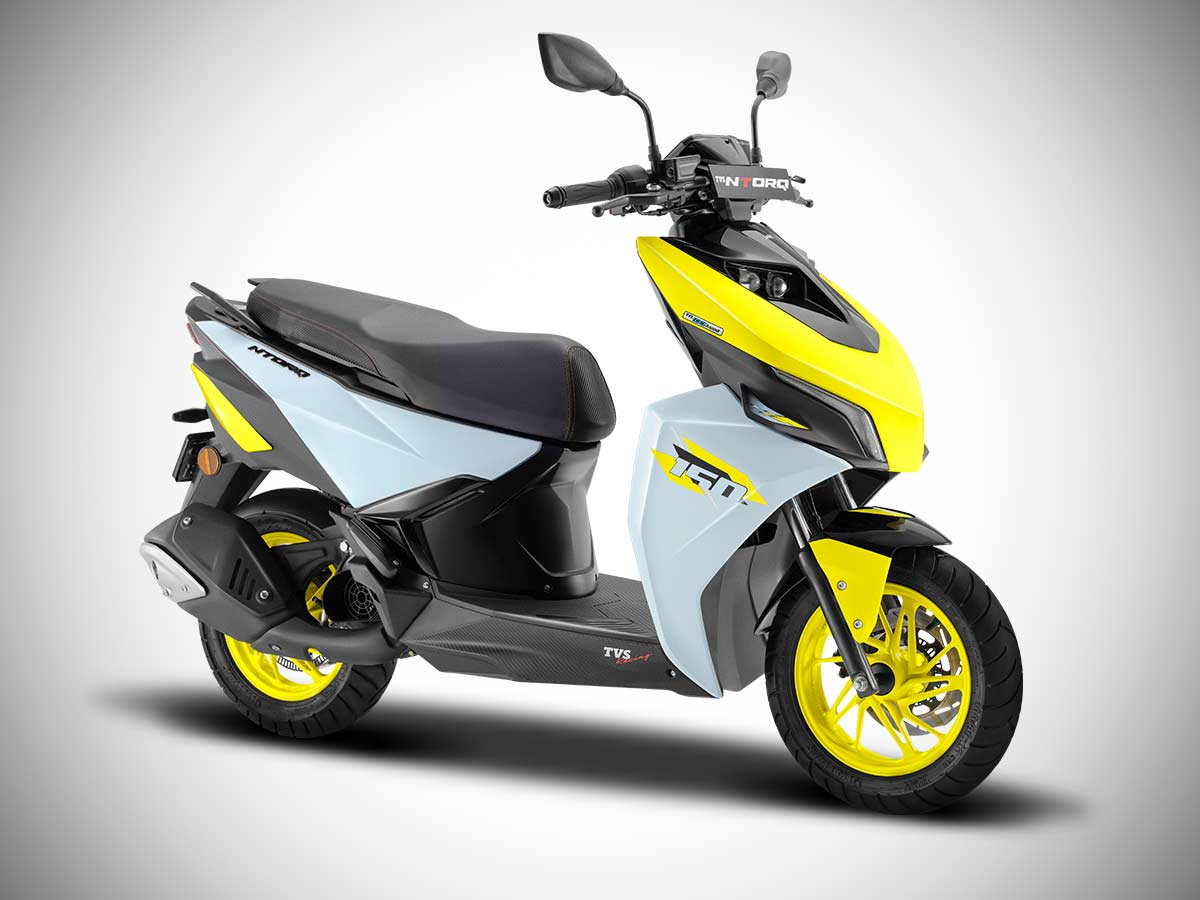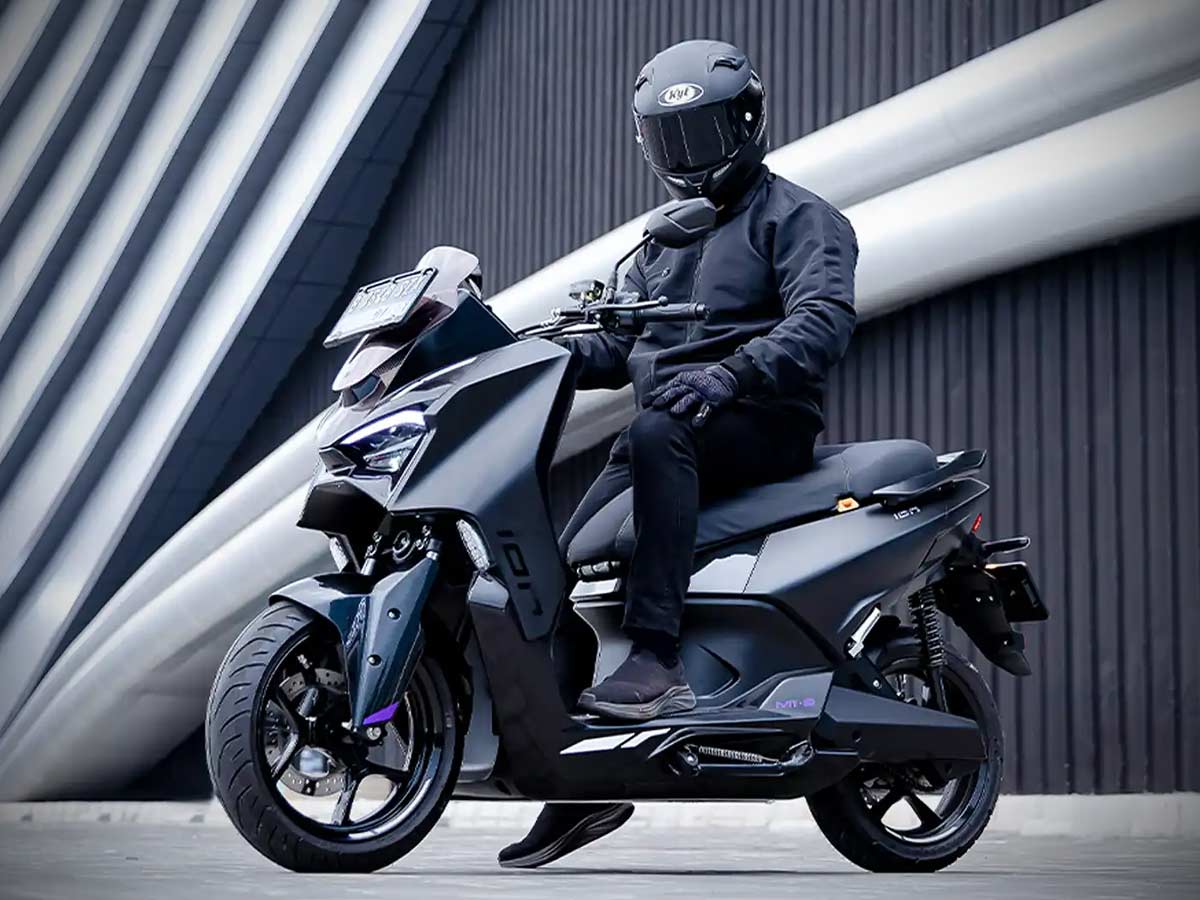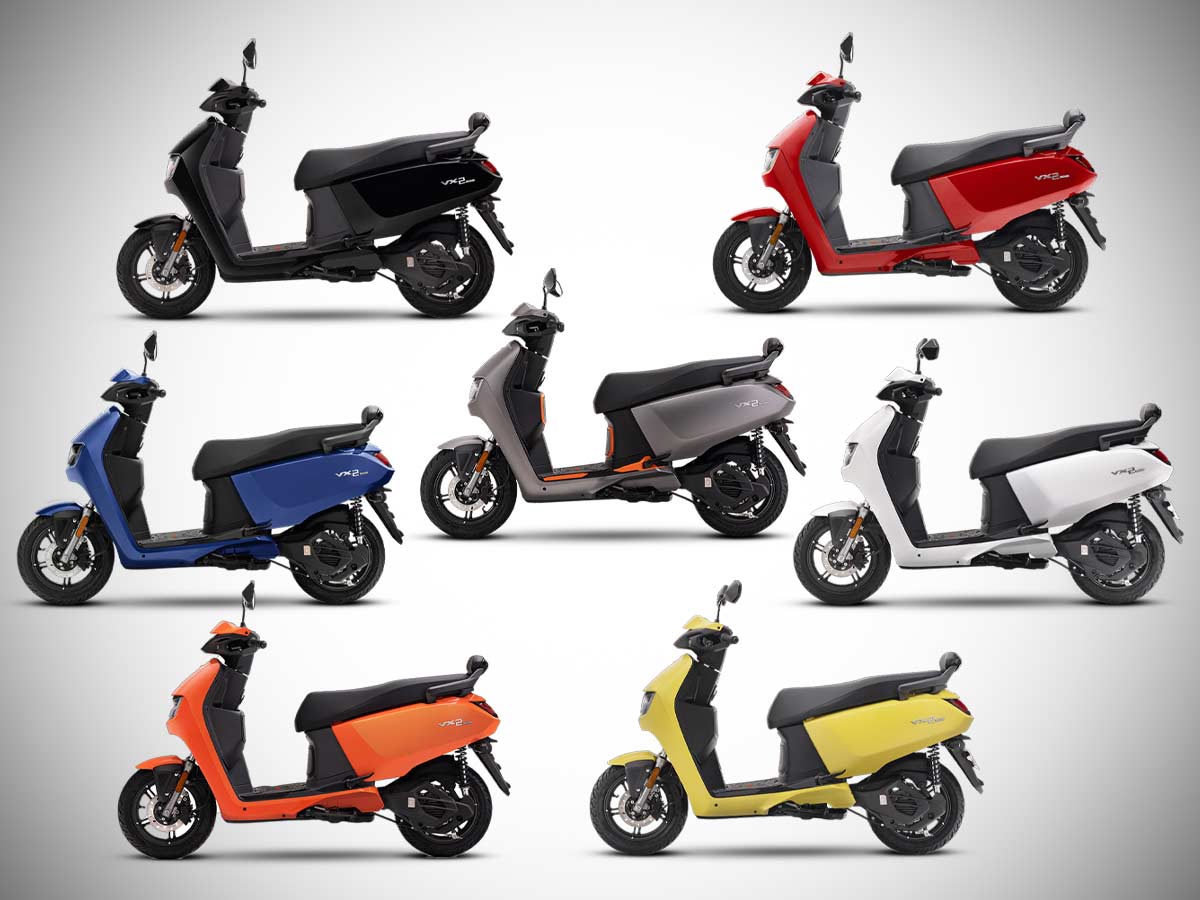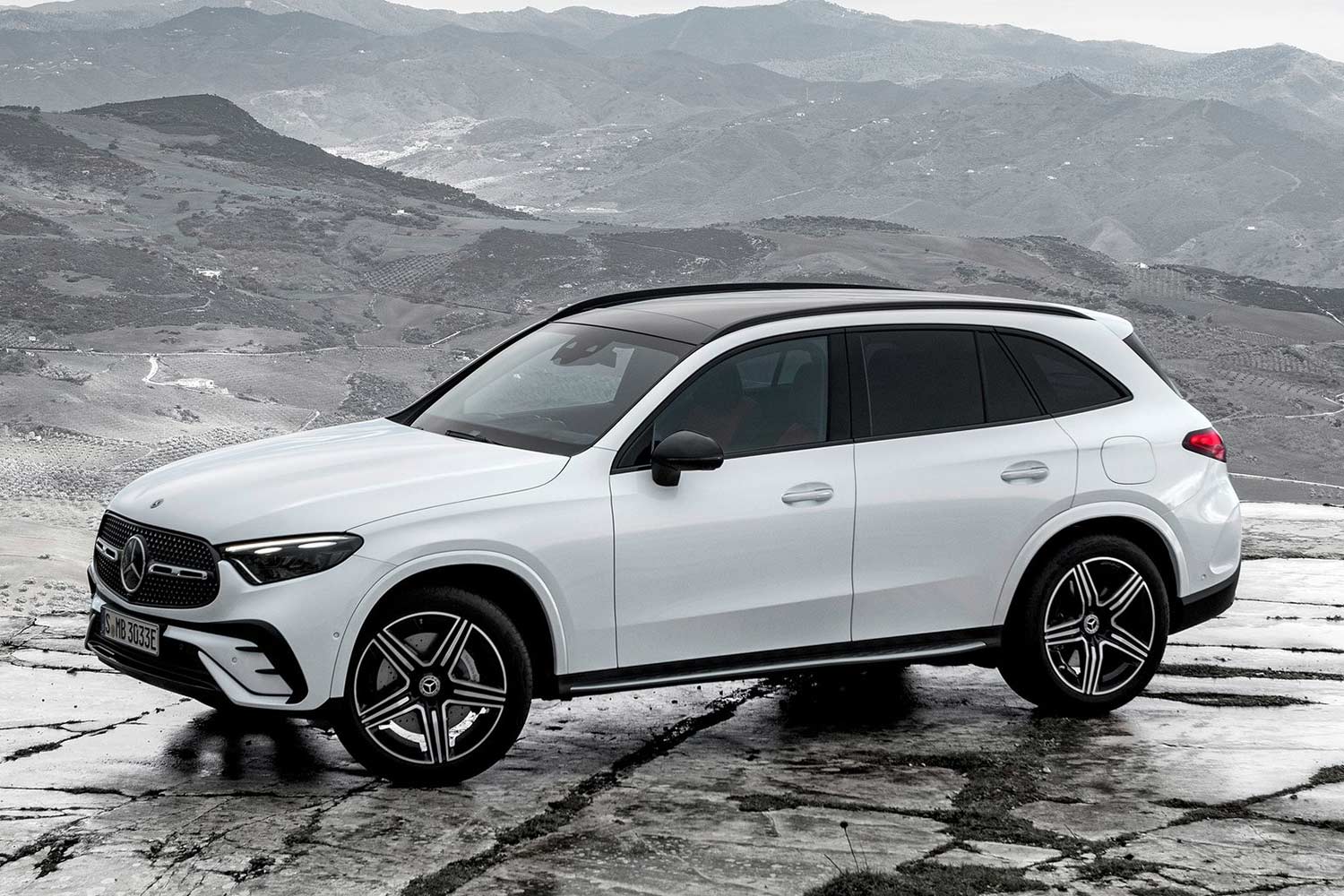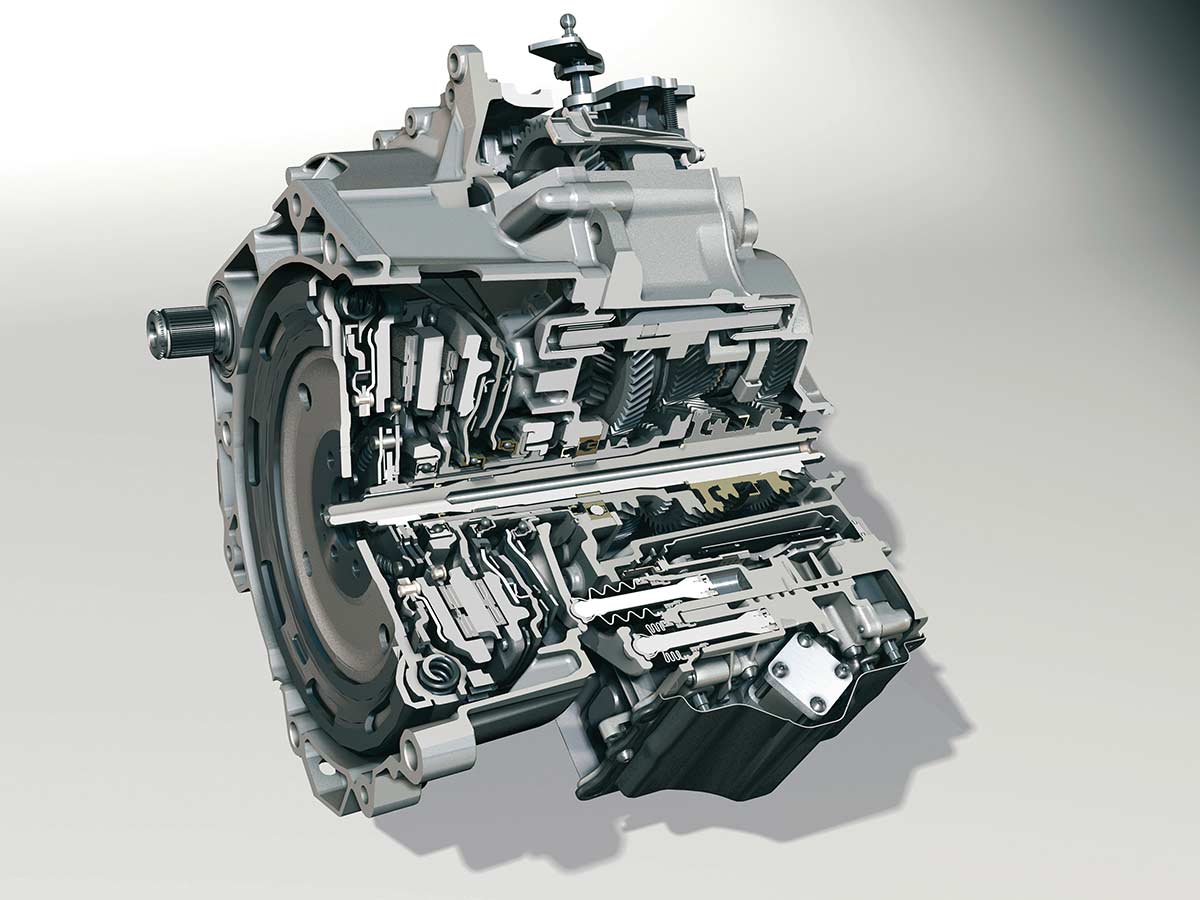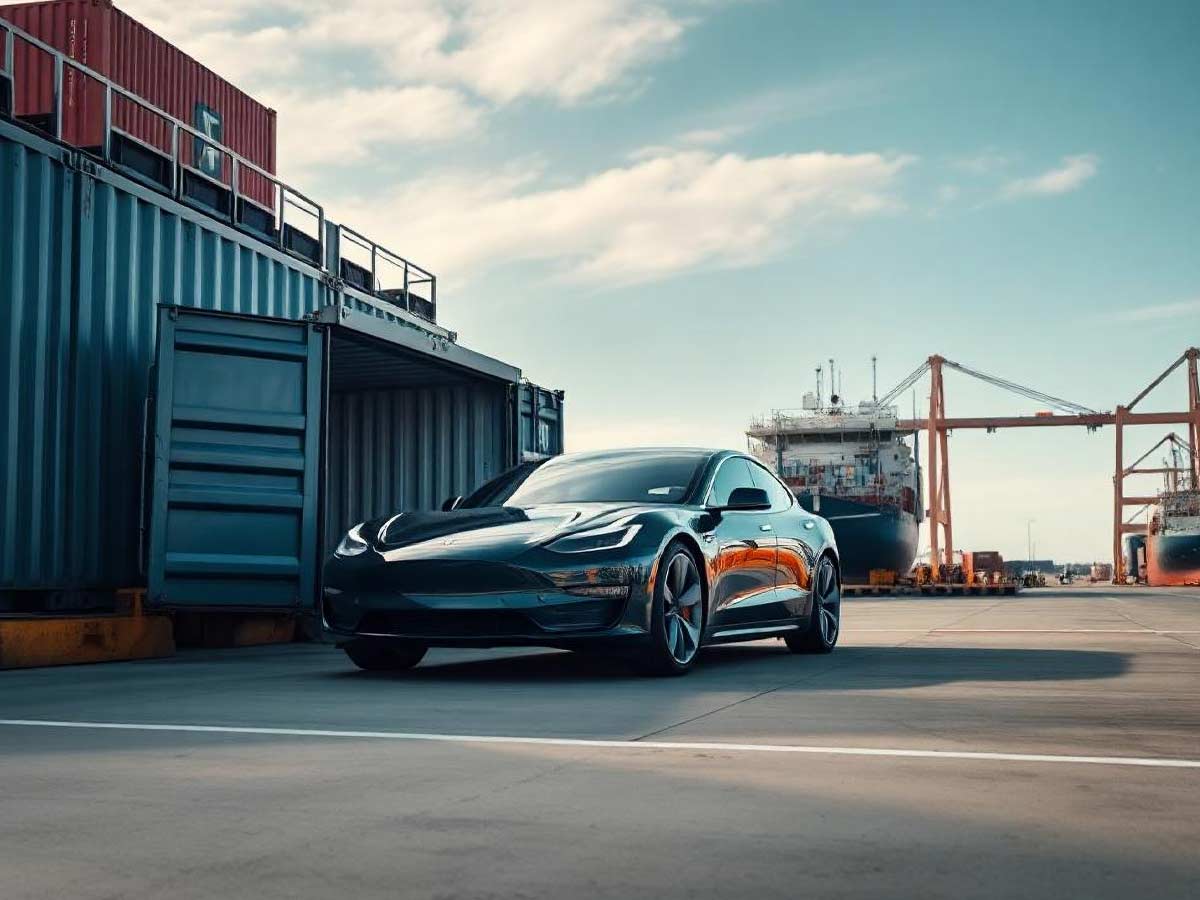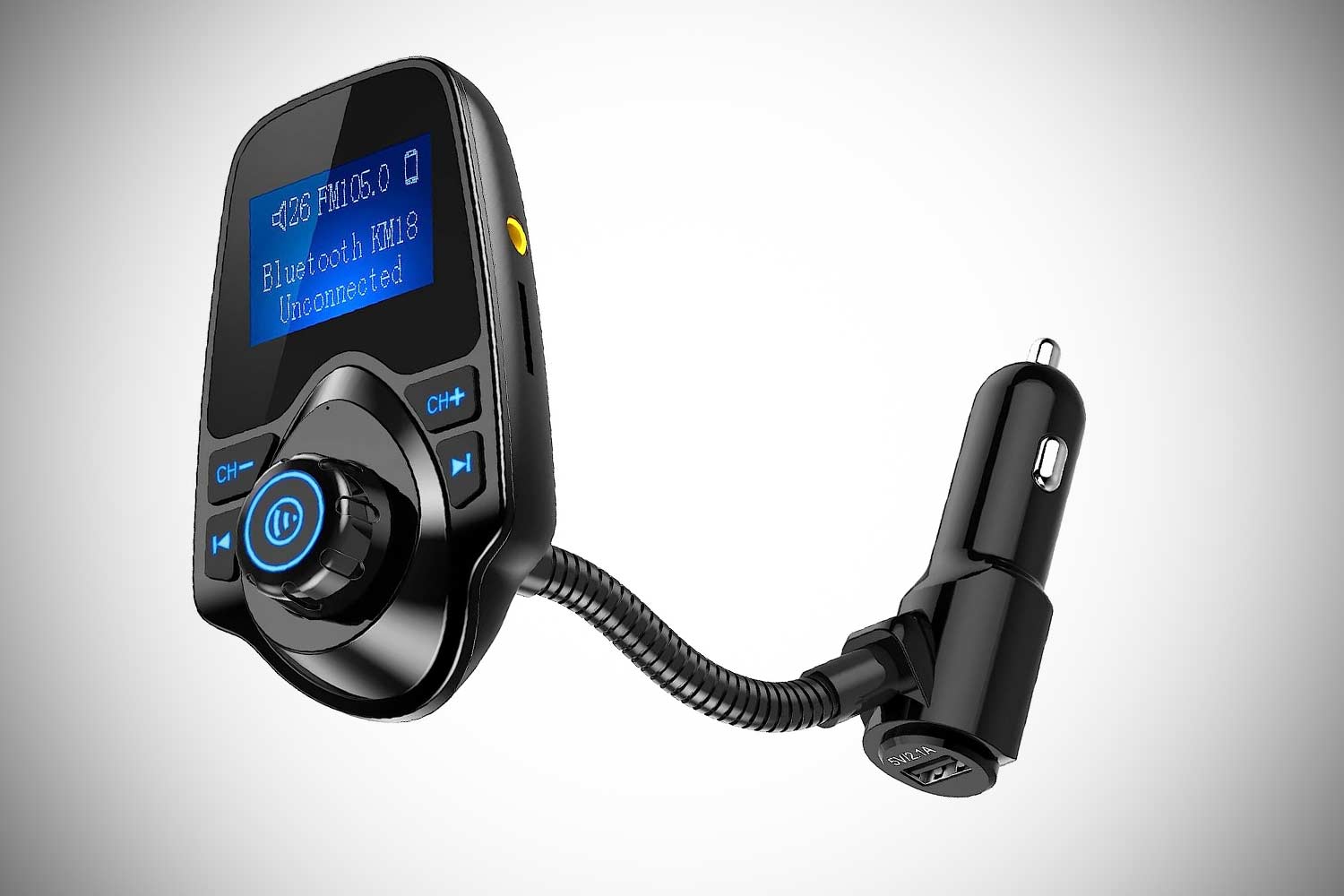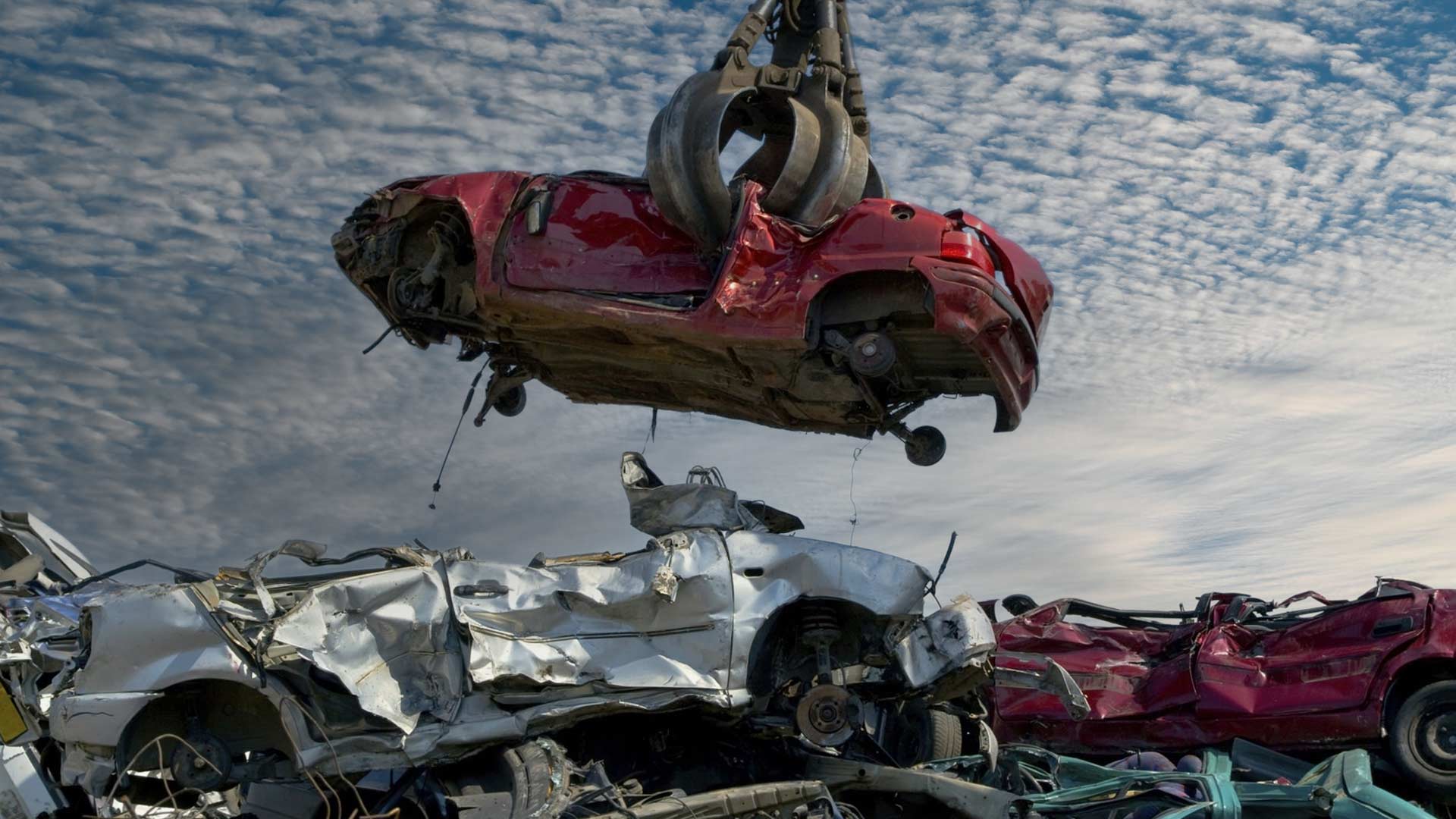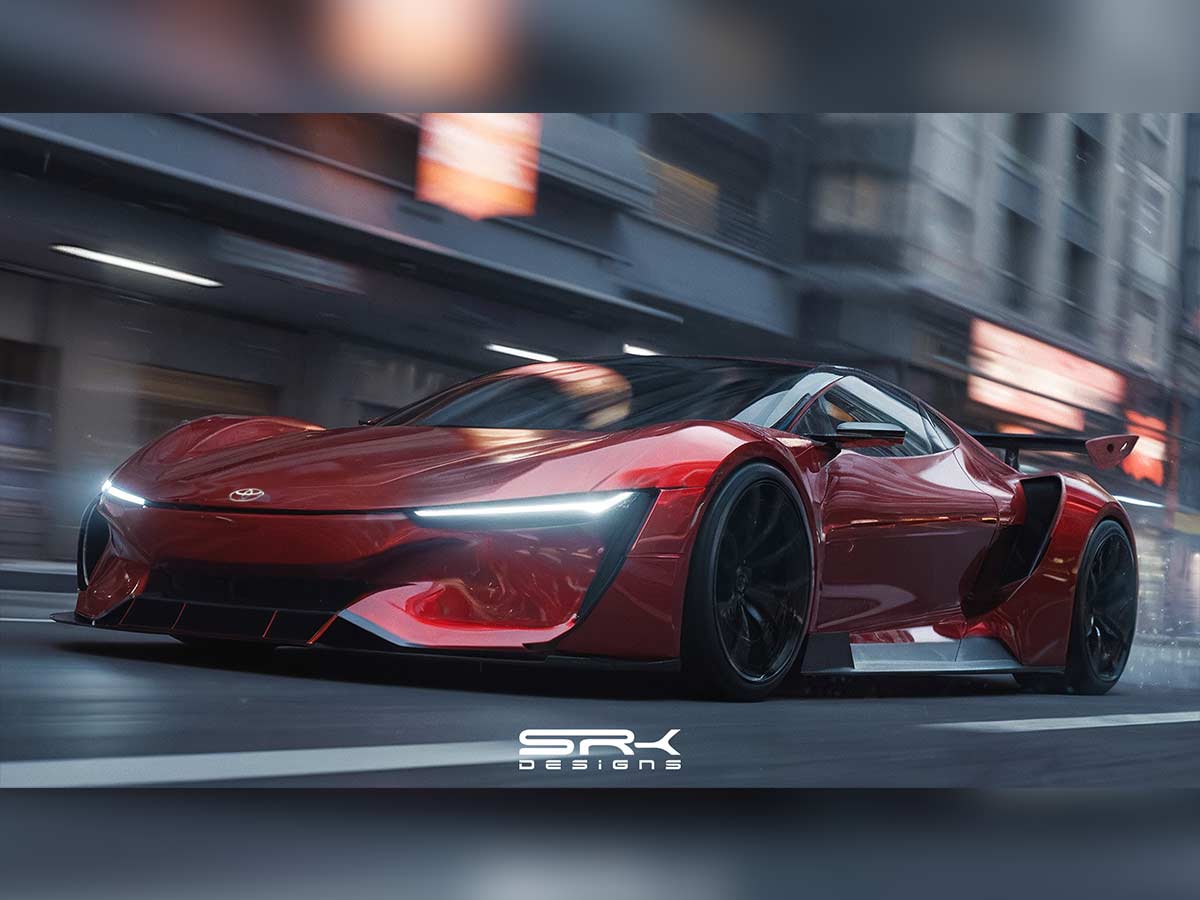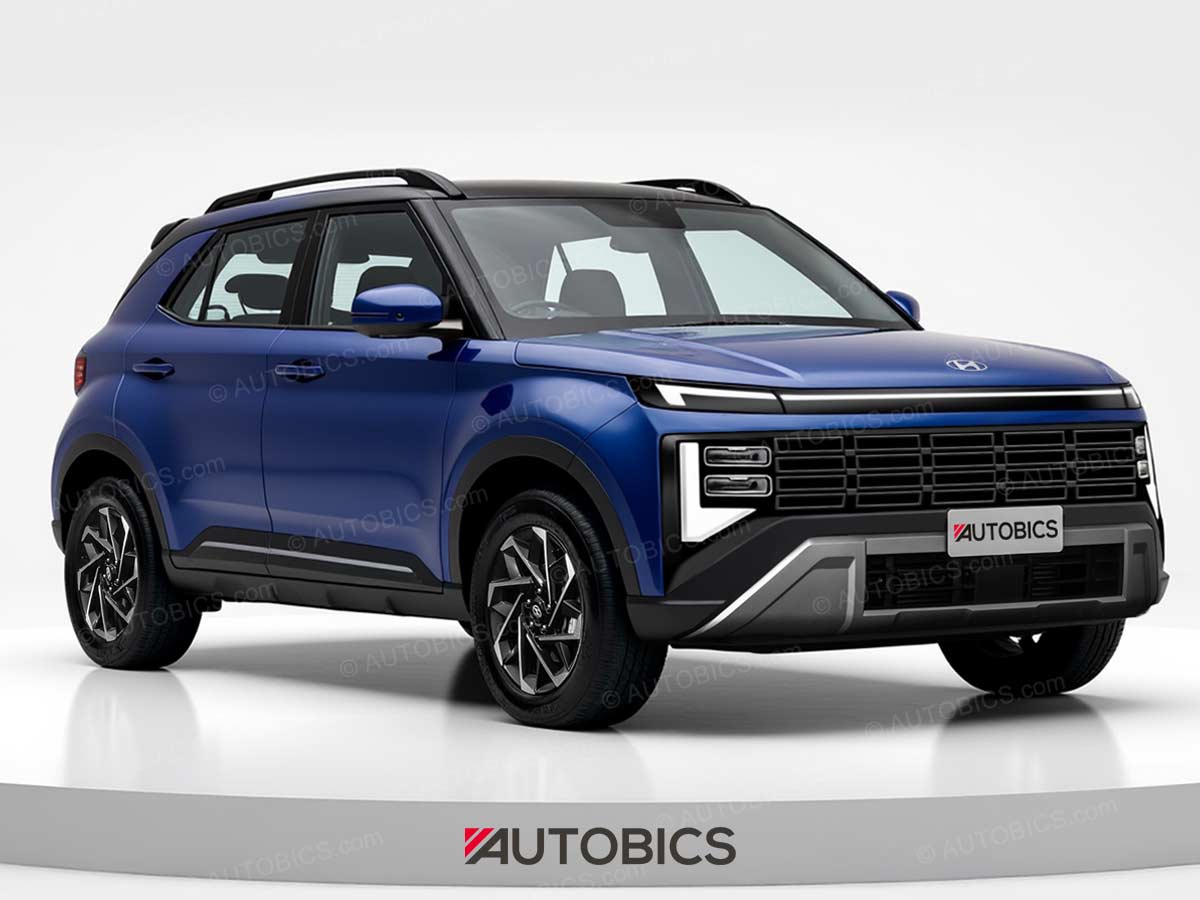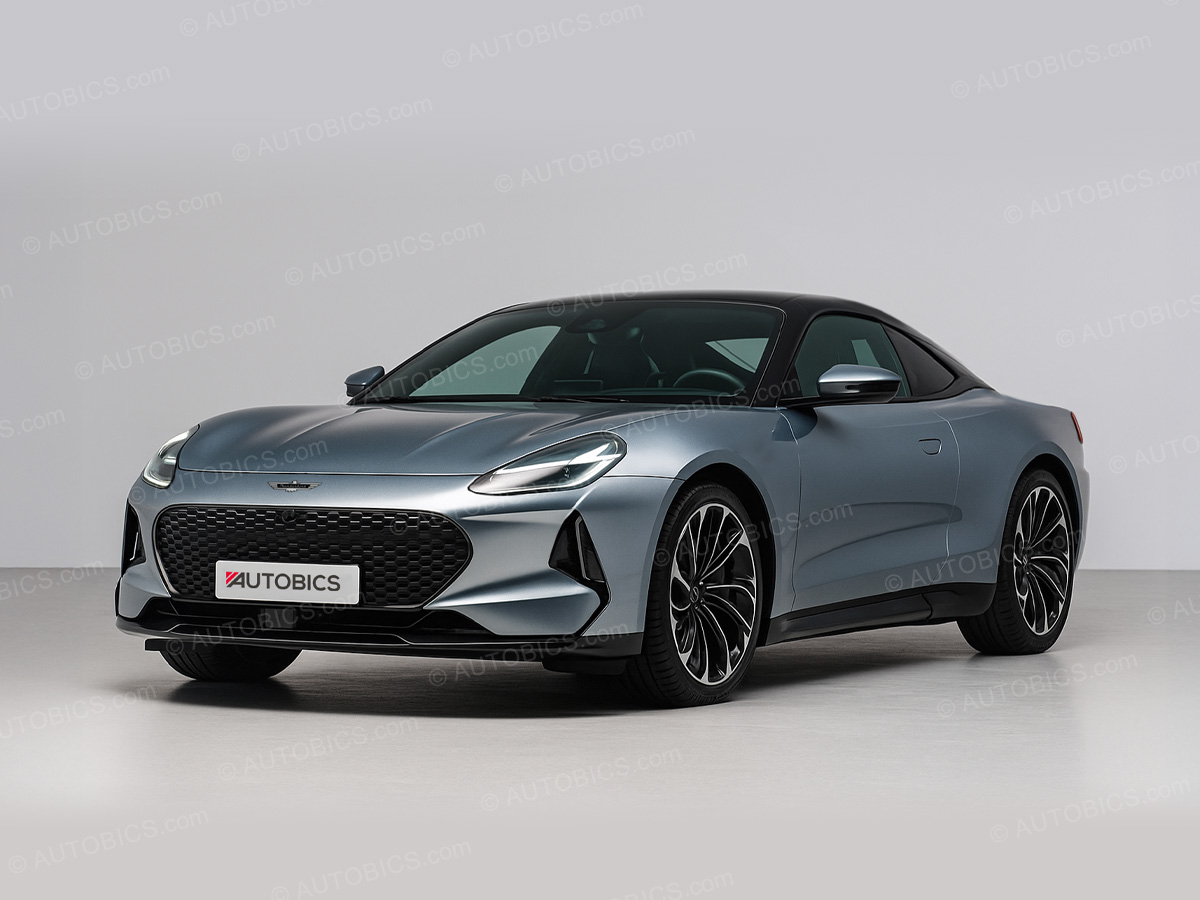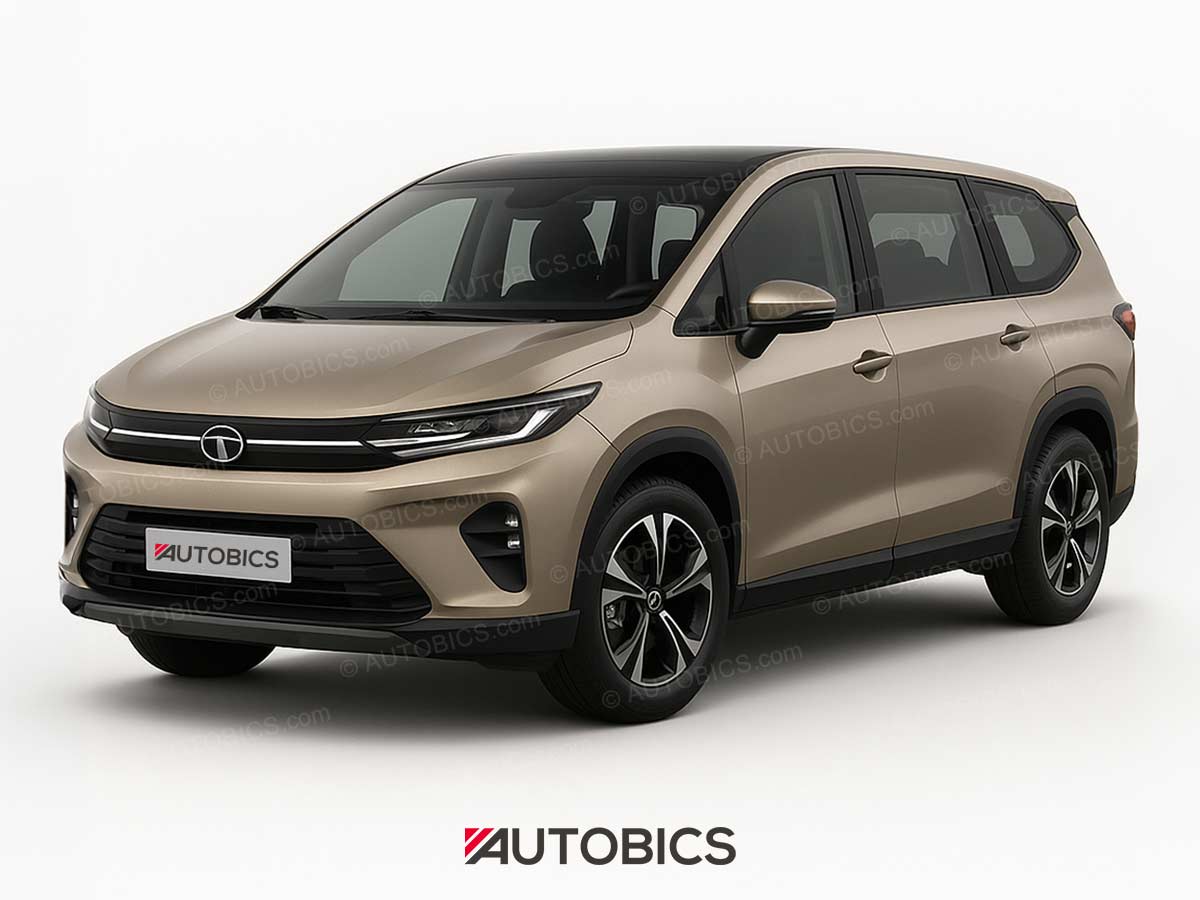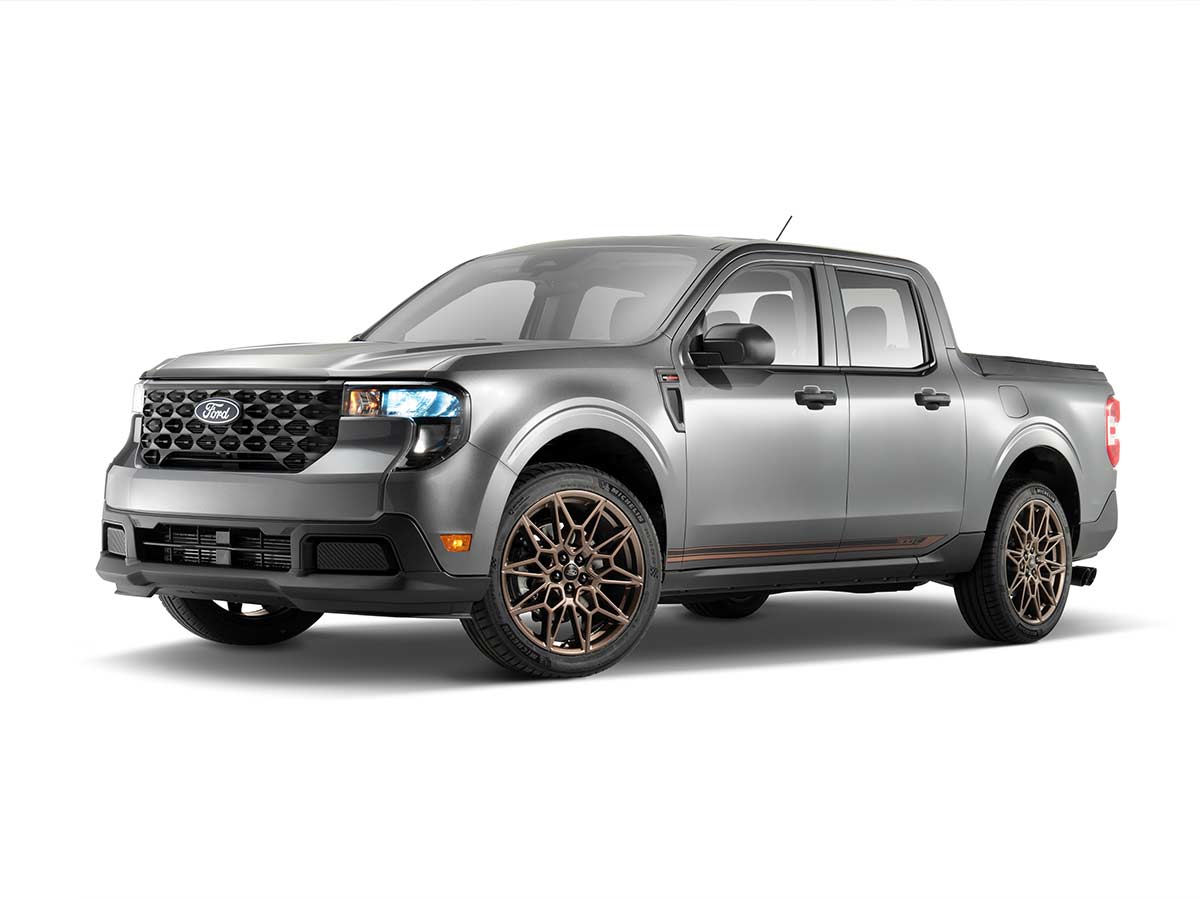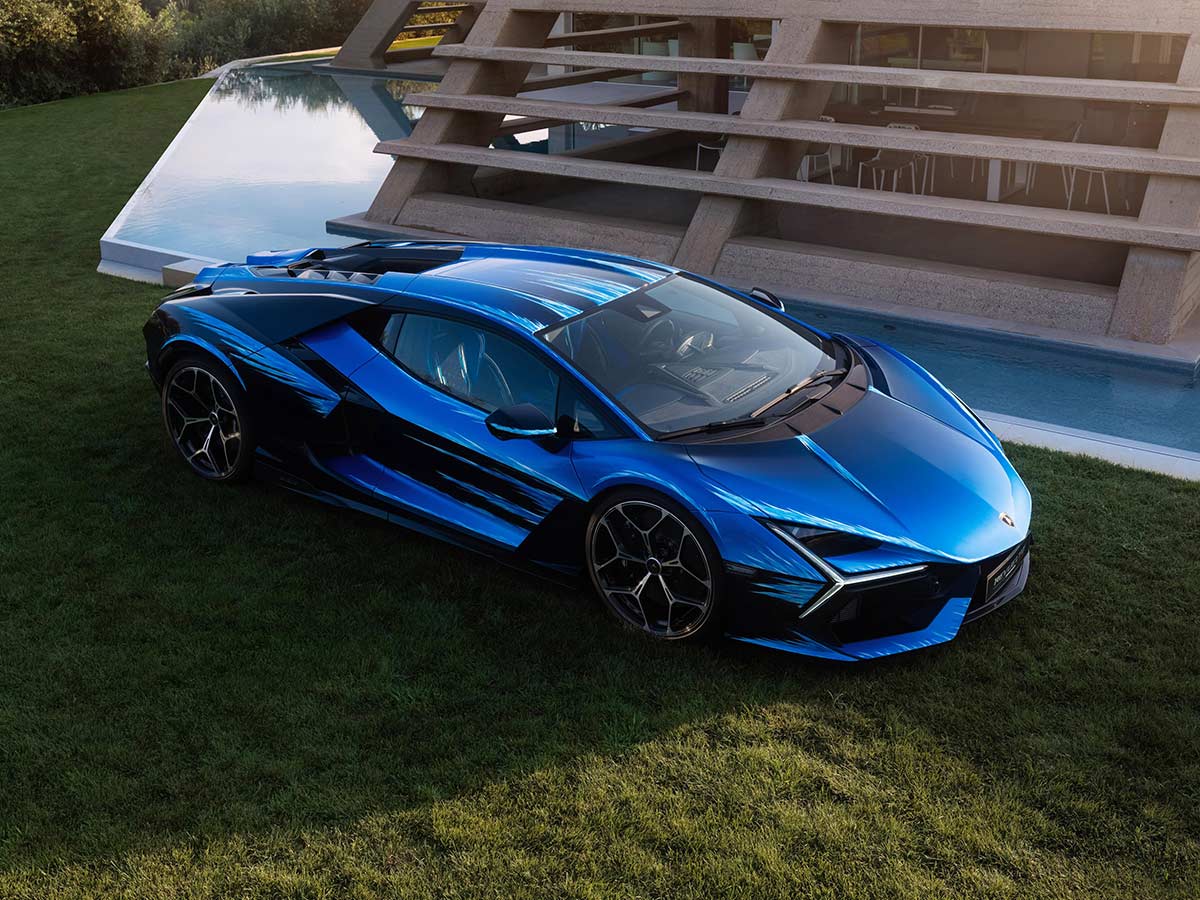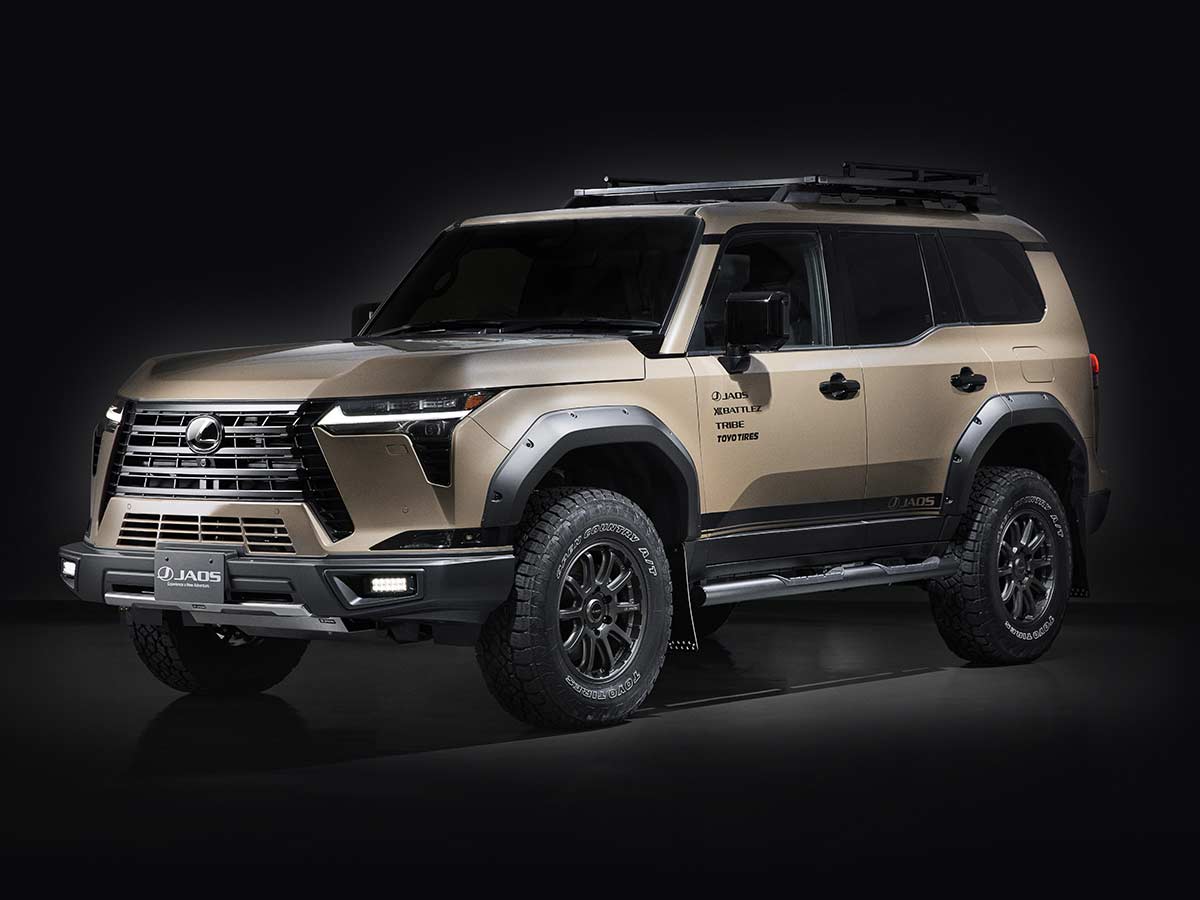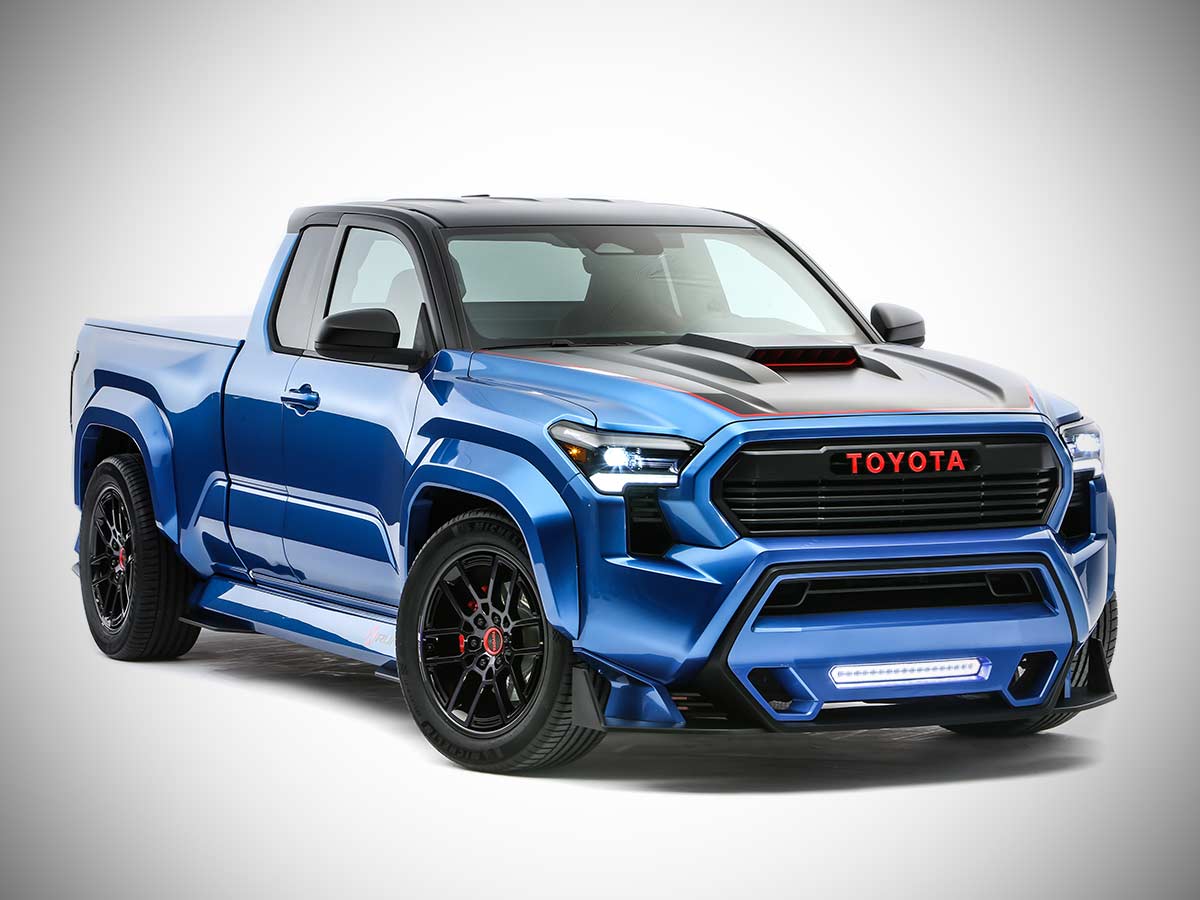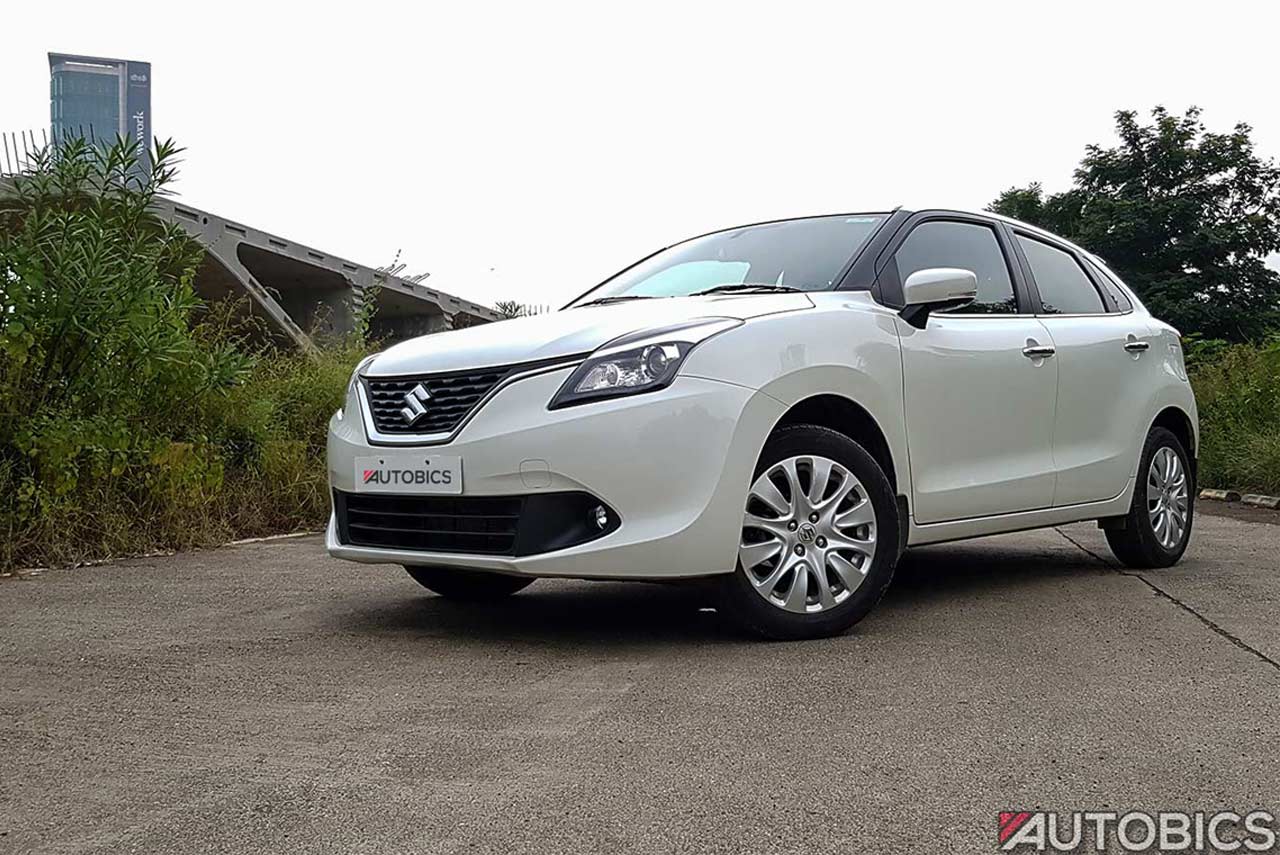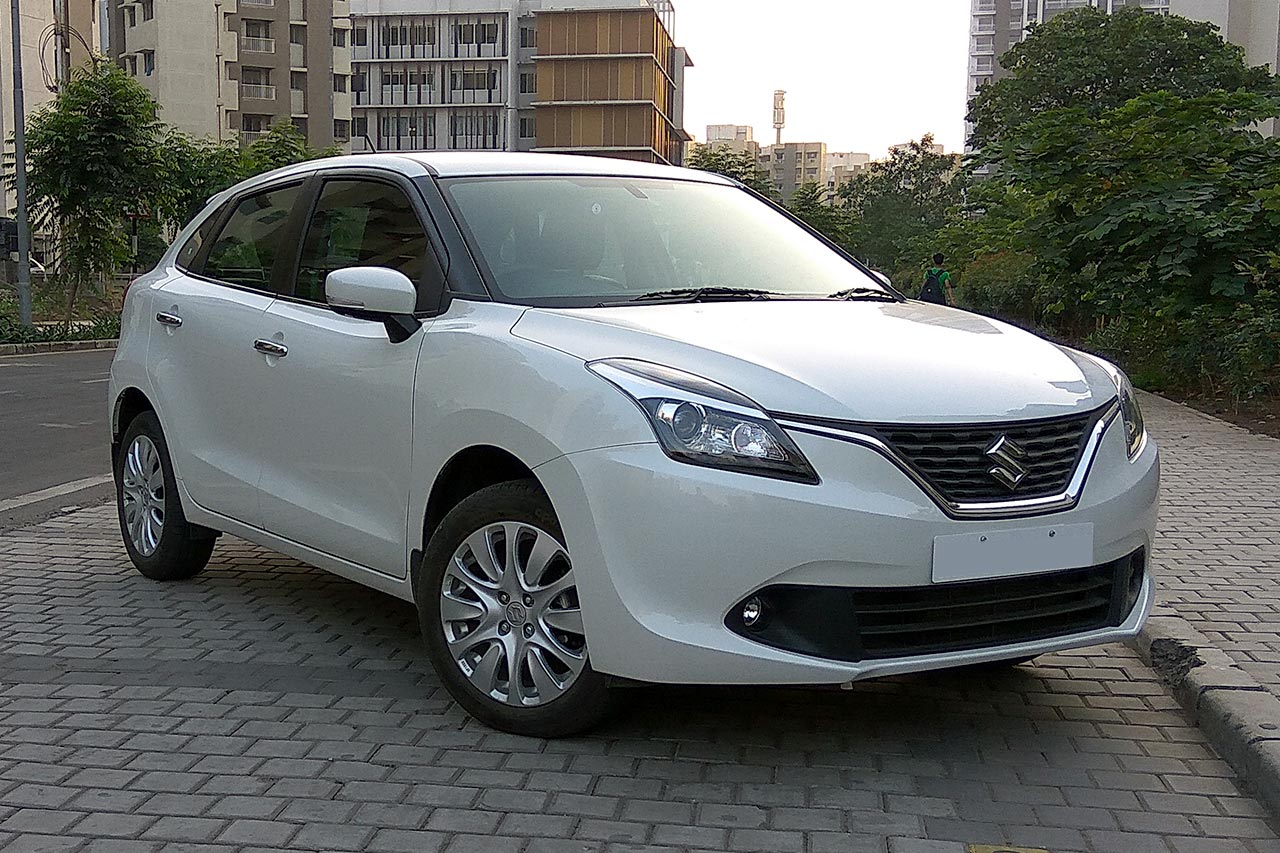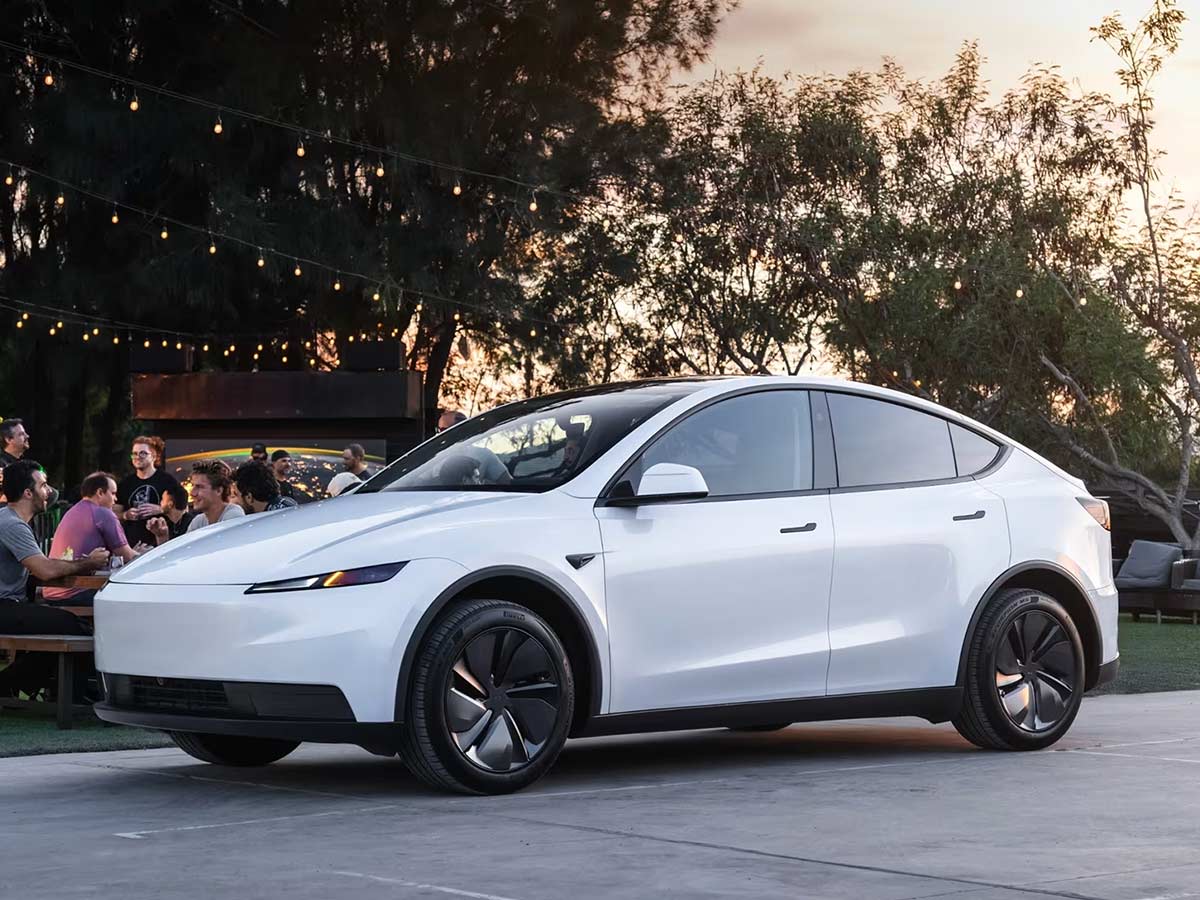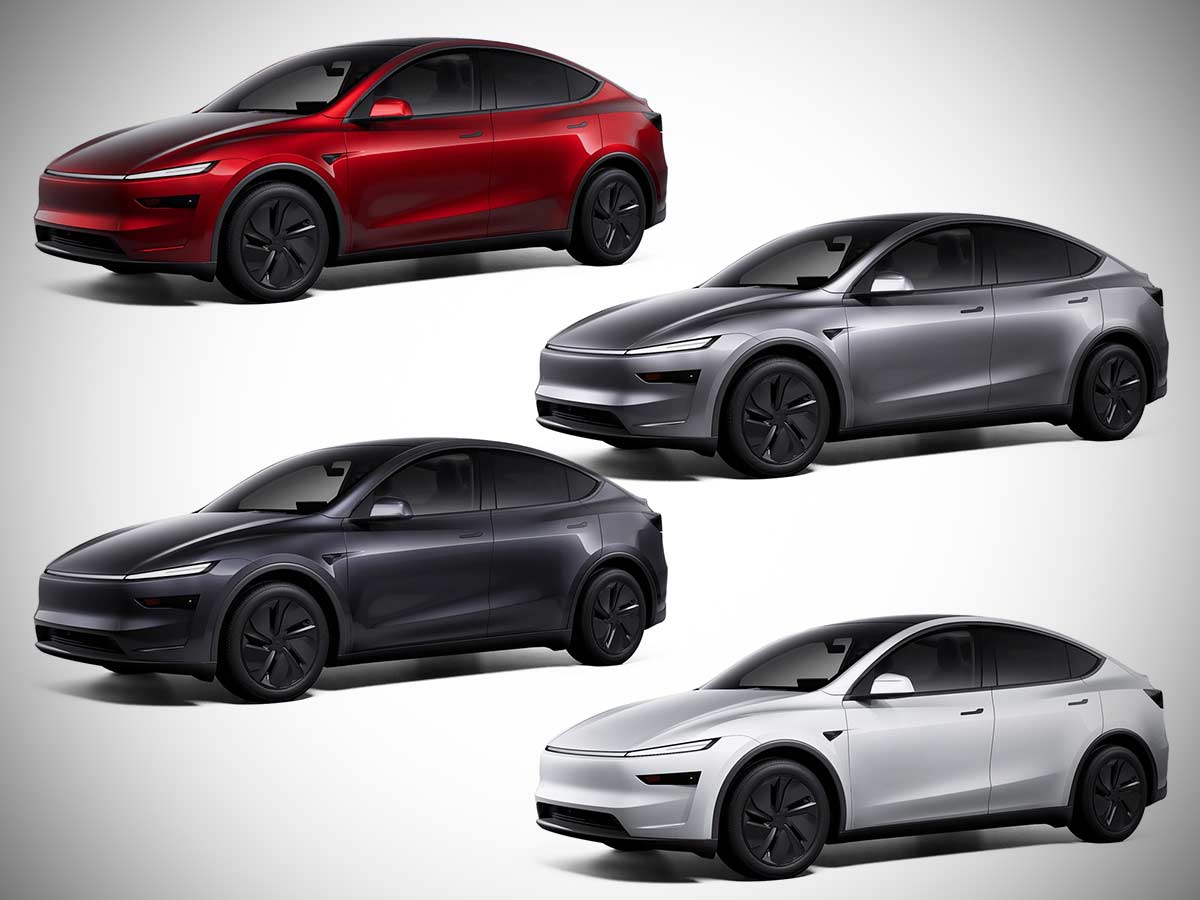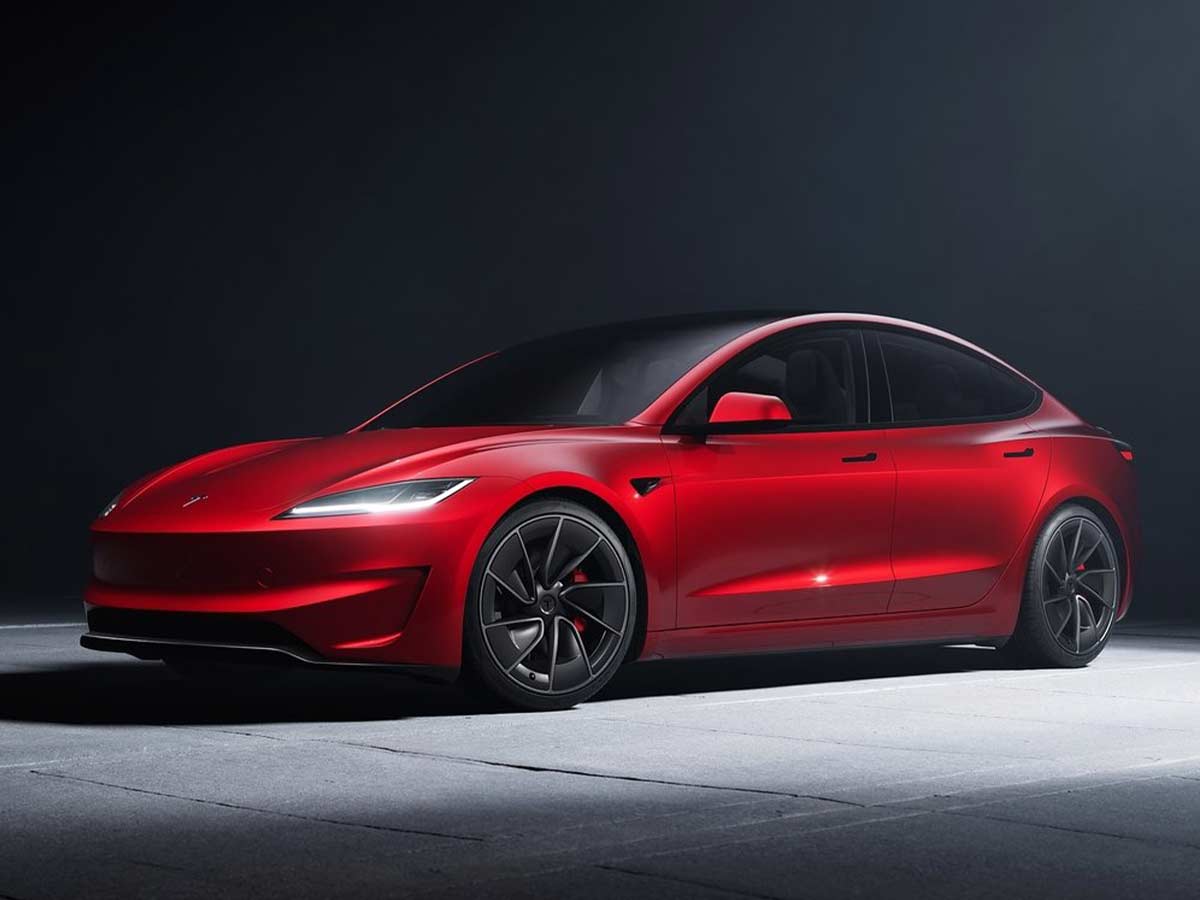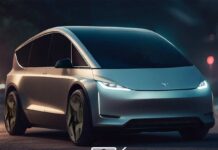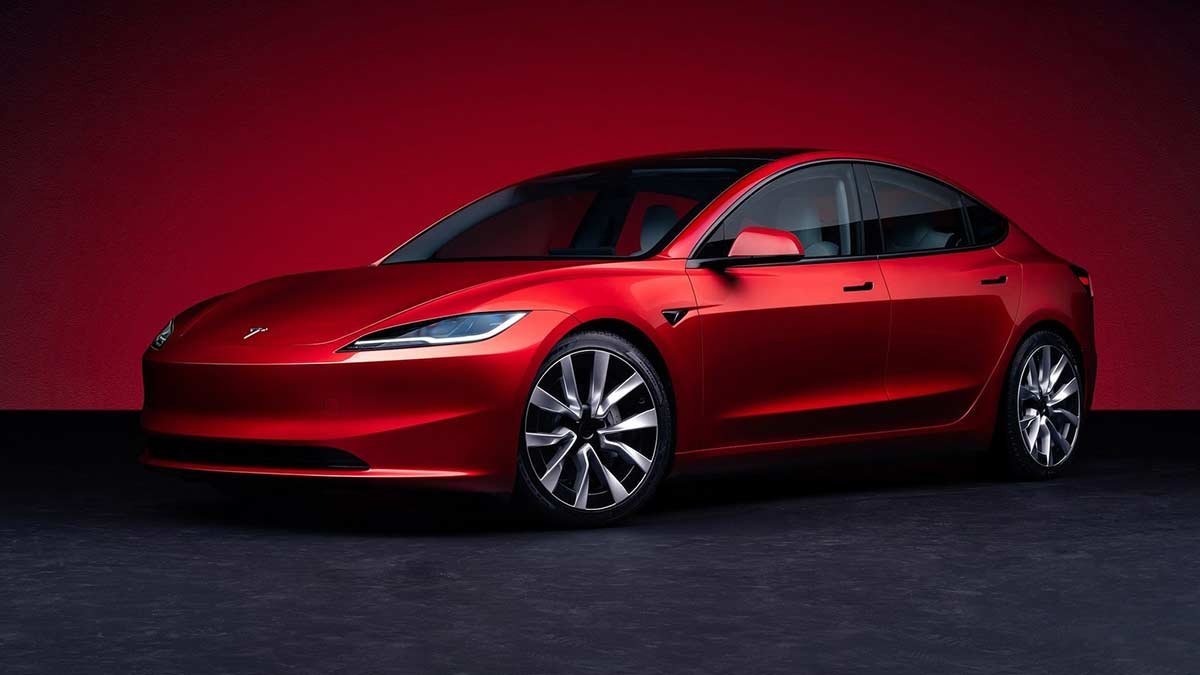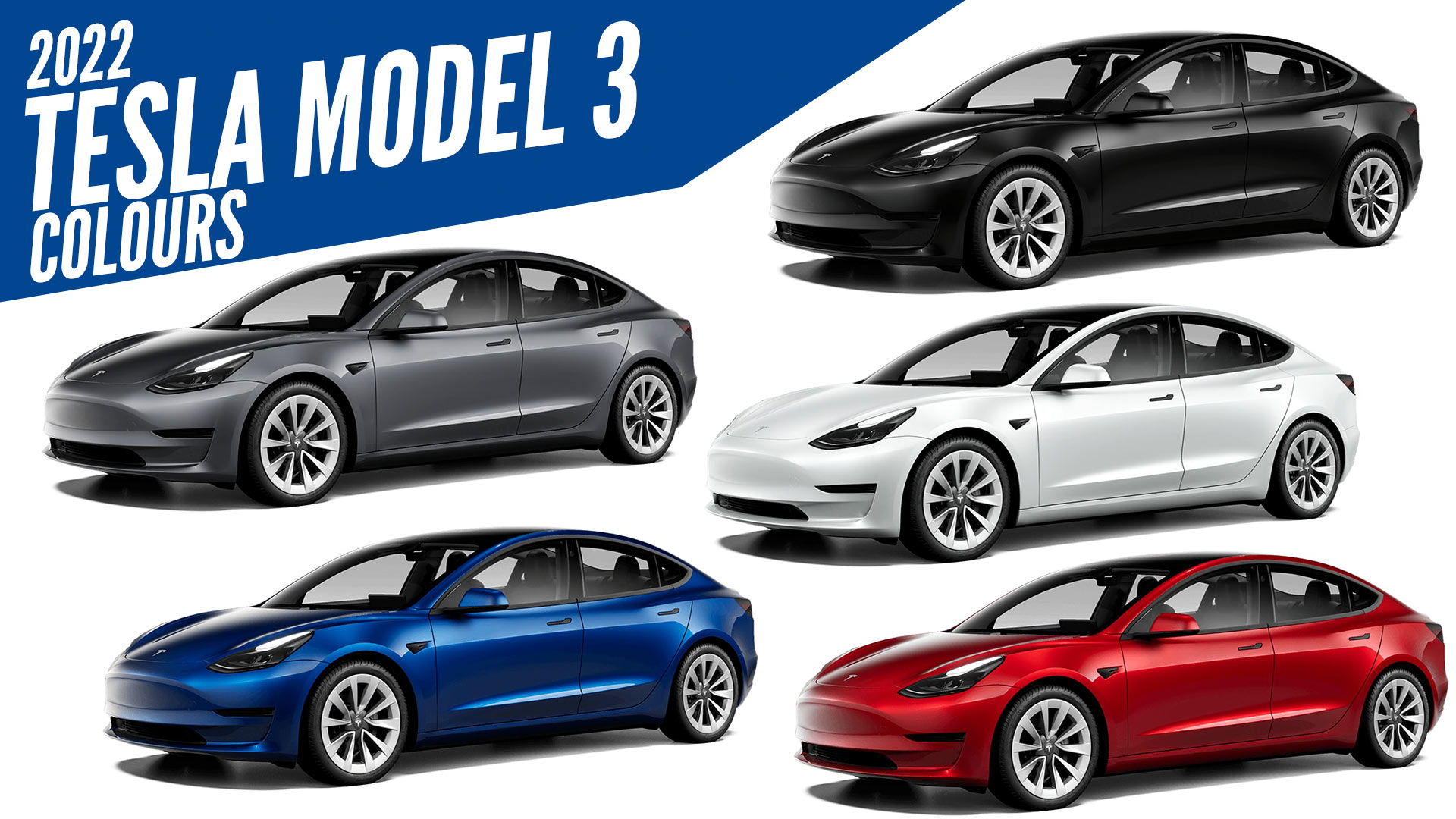Tesla’s Model 3 changed the game for mainstream electric cars. Now Tesla has launched the Model 3 Standard – a deliberately stripped, lower-cost take on the 3 designed to lower the entry price into the Tesla ecosystem. Instead of chasing a tiny, new sub-$25k model, Tesla kept the basic architecture and trimmed equipment and comfort items that push price up. The result is a more affordable Model 3 that’s still recognizably Tesla, but with important compromises.
>>> Great Discounts on Car & Bike Accessories <<<
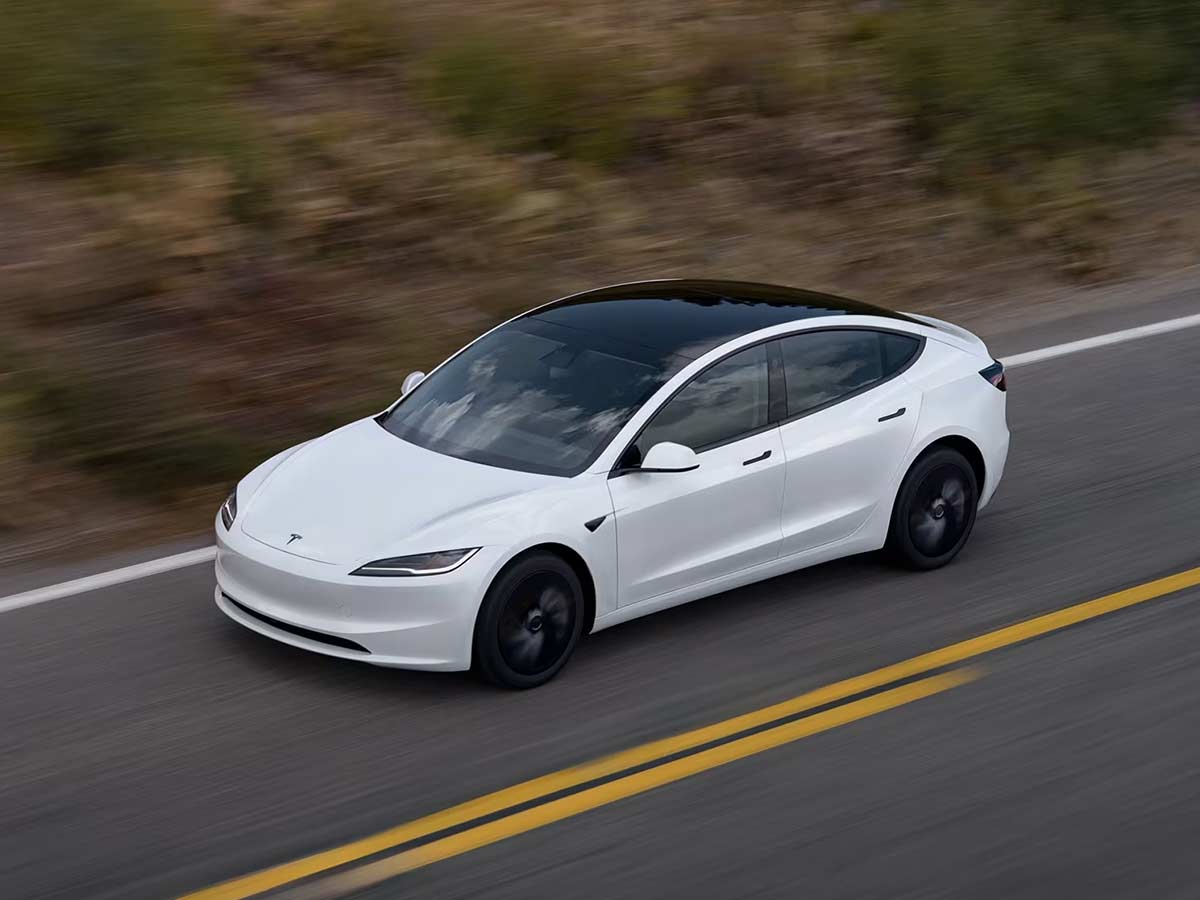
Positioning and pricing
- Base price (U.S.) – The Model 3 Standard is reported to be priced at $38,630 (this figure includes the $1,390 destination fee and $250 order fee). That positions the Standard roughly $5,500 below the Premium RWD Model 3.
- Tesla intends this to be the cheapest way into a Tesla for 2026 – a conscious trade of features for lower price. Expect optional additions and paid software features to add cost if you want missing comforts.
What’s different – exterior and chassis
- The Model 3 Standard retains the same overall silhouette and platform as the refreshed Model 3 line, but uses simpler hardware in several places to cut cost.
- Wheels – Standard fitment is a different set of 18-inch wheels tuned for efficiency; larger wheel options remain available at extra cost.
- Dampers / suspension – Tesla fitted different, simpler dampers on the Standard – a noticeable mechanical change from the Premium models. That affects ride and handling character.
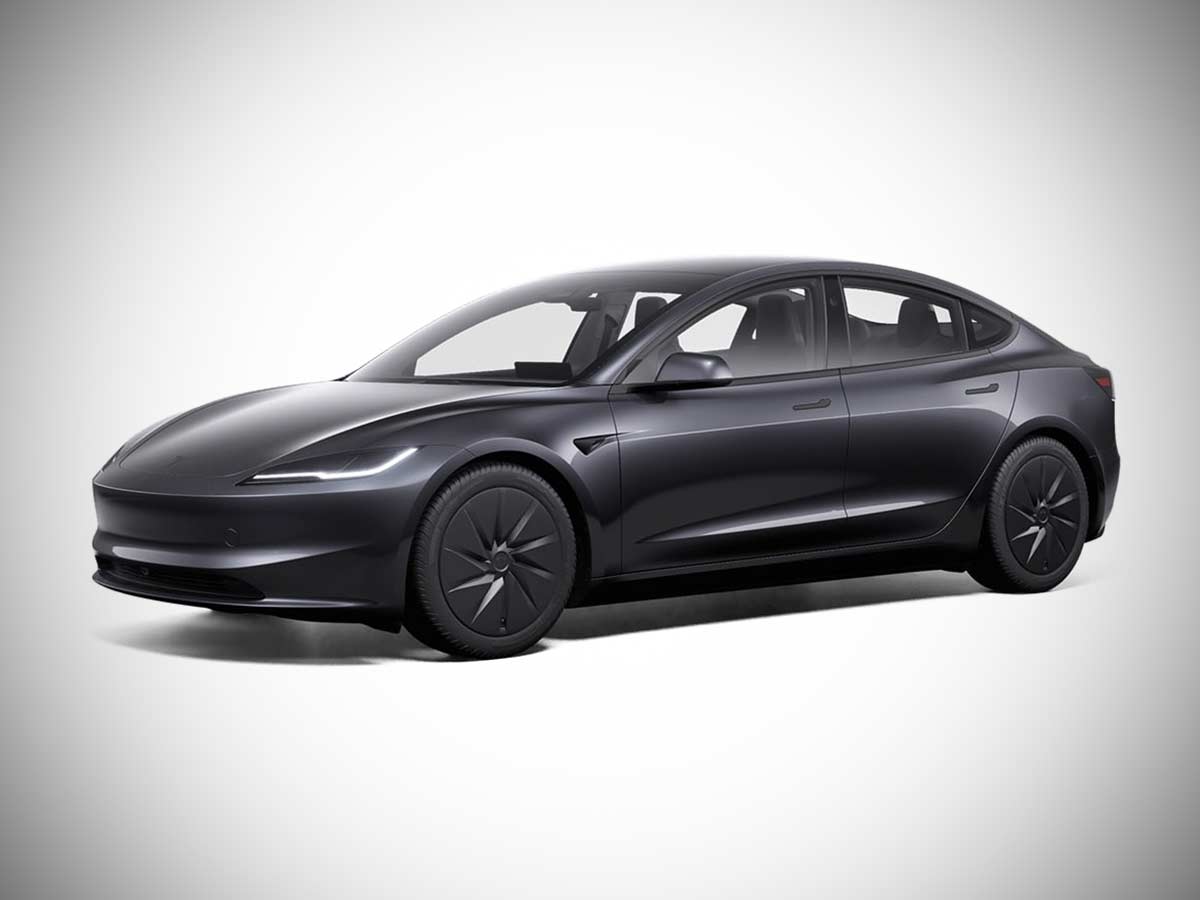
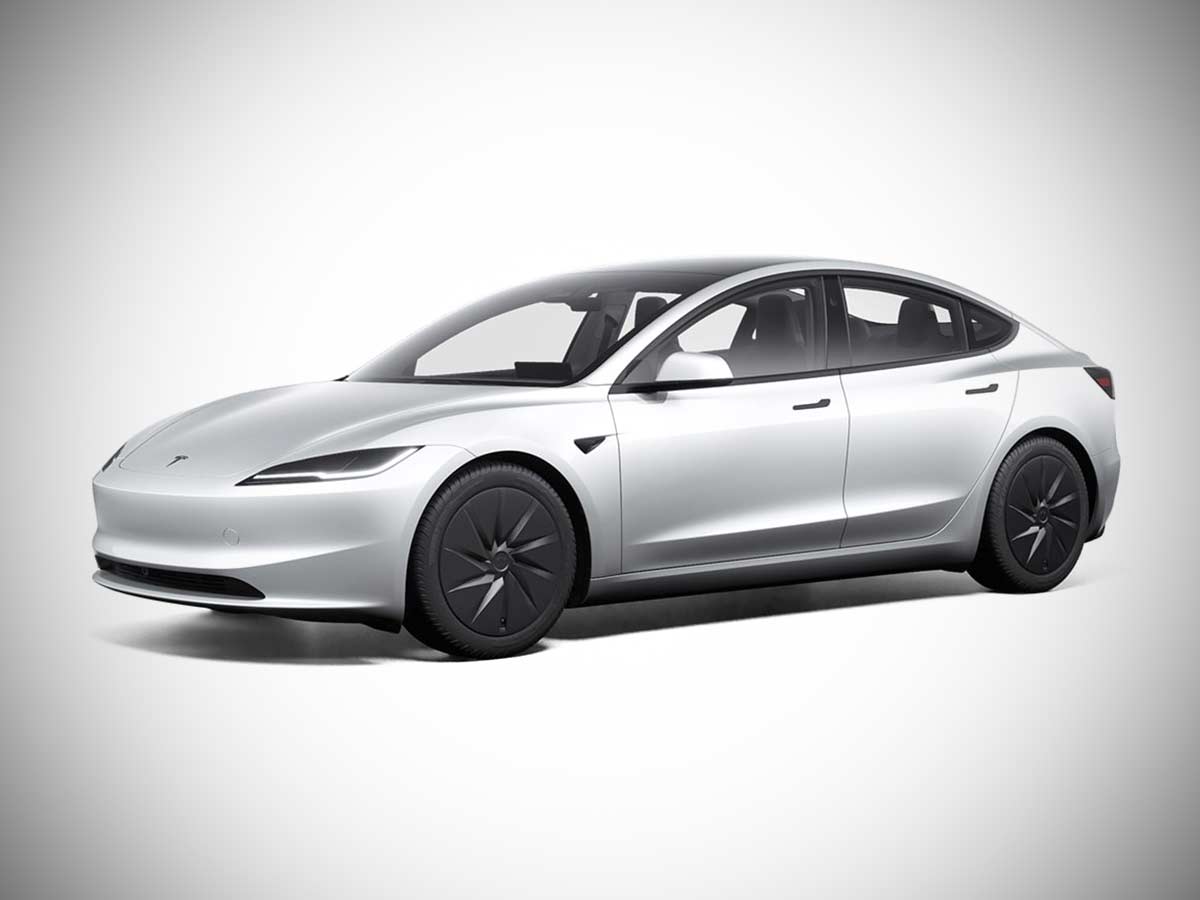
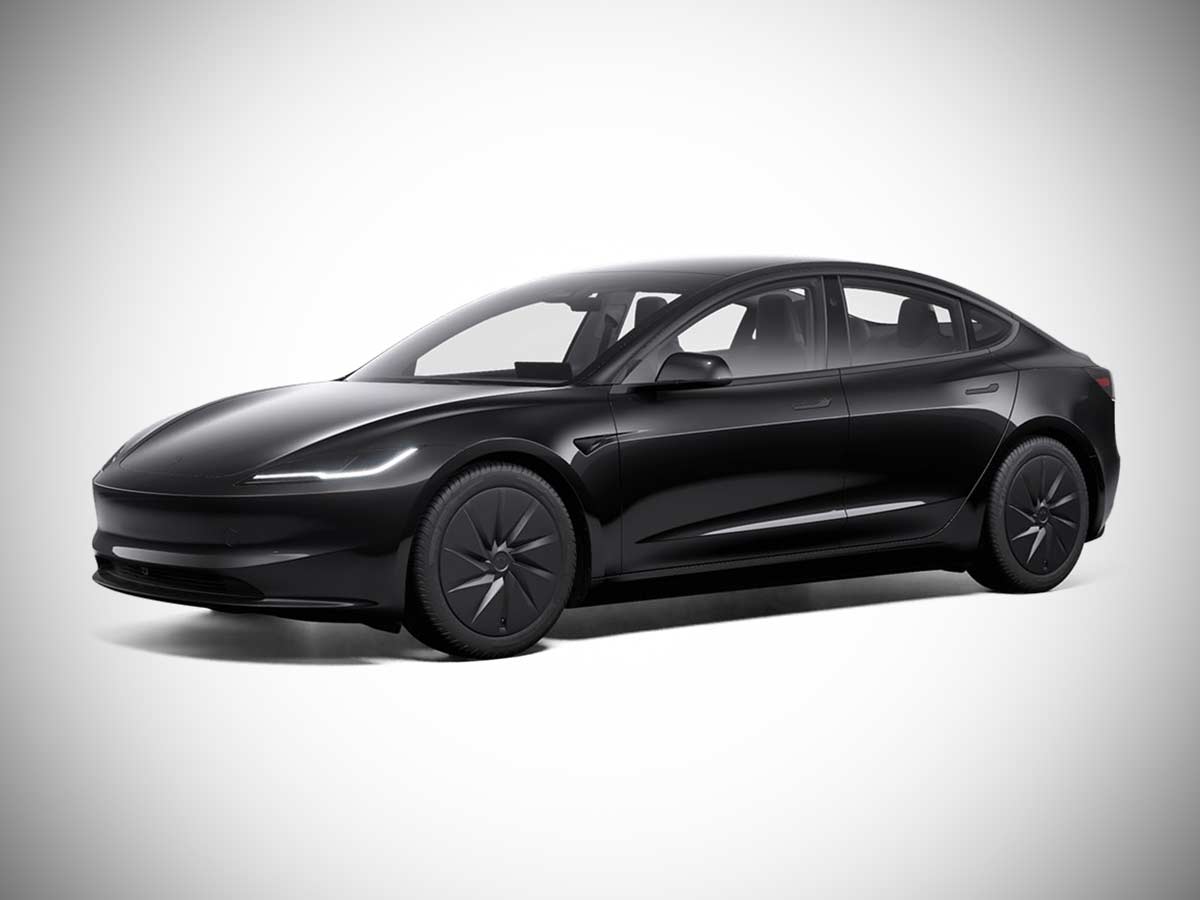
Interior – visible cuts and retained Tesla DNA
The cabin intentionally feels more austere than the Premium Model 3. What’s gone and what remains:
- Removed / downgraded – cloth seats (simpler textile instead of premium synthetic/leather trim), no ambient lighting, no ventilated seats, no rear screen, manually adjustable steering column, and – surprisingly – manual side-view mirror adjustment in some markets. Those deletions are part of the cost-saving strategy.
- Kept – the minimalist dash and the big center touchscreen remain the car’s control hub; Tesla’s infotainment, phone key, Sentry Mode, OTA updates and entertainment ecosystem are still present. You still get the Tesla software experience, but fewer comfort frills out of the box.
Technology & driver assistance
- Autosteer is not included as a standard feature on the Model 3 Standard. Buyers wanting advanced lane-centering / autopilot features need to buy Full-Self-Driving (Supervised) as a paid option. That aligns with Tesla’s approach of separating hardware/OTA capability from paid features.
- Core safety systems such as automatic emergency braking and lane-departure protections remain part of the package, but the Standard intentionally removes some convenience automation.
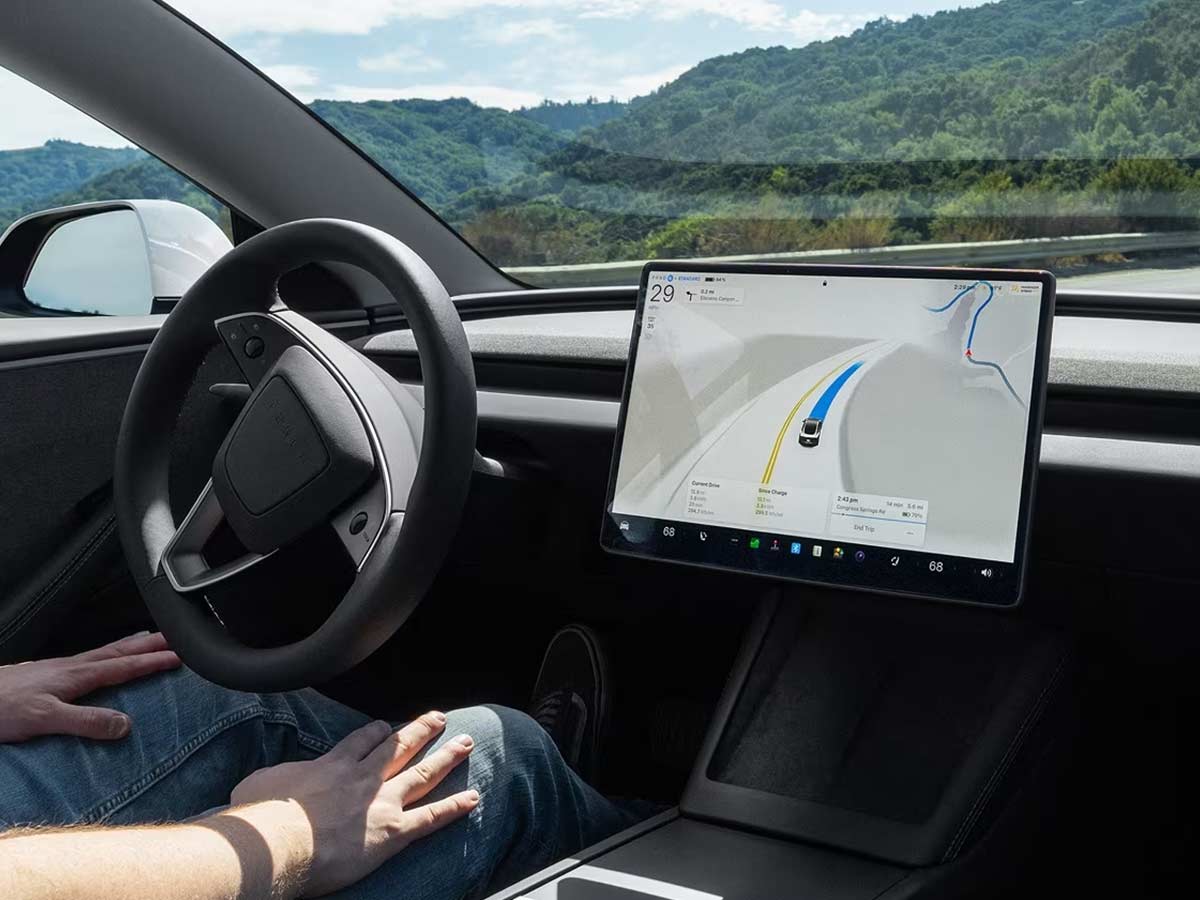
Powertrain, range and charging
- Powertrain – single motor, rear-wheel drive configuration.
- Range – the Model 3 Standard is quoted at 321 miles EPA (approx). That is lower than the Premium RWD spec, but still strong for everyday and many long-distance uses.
- 0–60 mph in 5.8 seconds for the Model 3 Standard. It’s not a performance car, but it’s brisk for the price class.
- Charging – peak Supercharging capability is reduced vs premium Model 3 variants. The Standard charges at a lower real-world rate – about 170 miles per 15 minutes compared with ~195 miles per 15 minutes for the Premium RWD. That means slightly longer stops on long highway runs.
Ownership items and optional extras
- Expect Tesla to offer common options such as larger wheels, paint upgrades and paid driver-assist bundles. The base price is intentionally low; filling in deleted luxuries will raise the final cost.
- Tesla will still support OTA software improvements – so some feature creep may be possible via software, but mechanical deletions (manual mirror, no ventilated seats) are unlikely to return without hardware swaps.
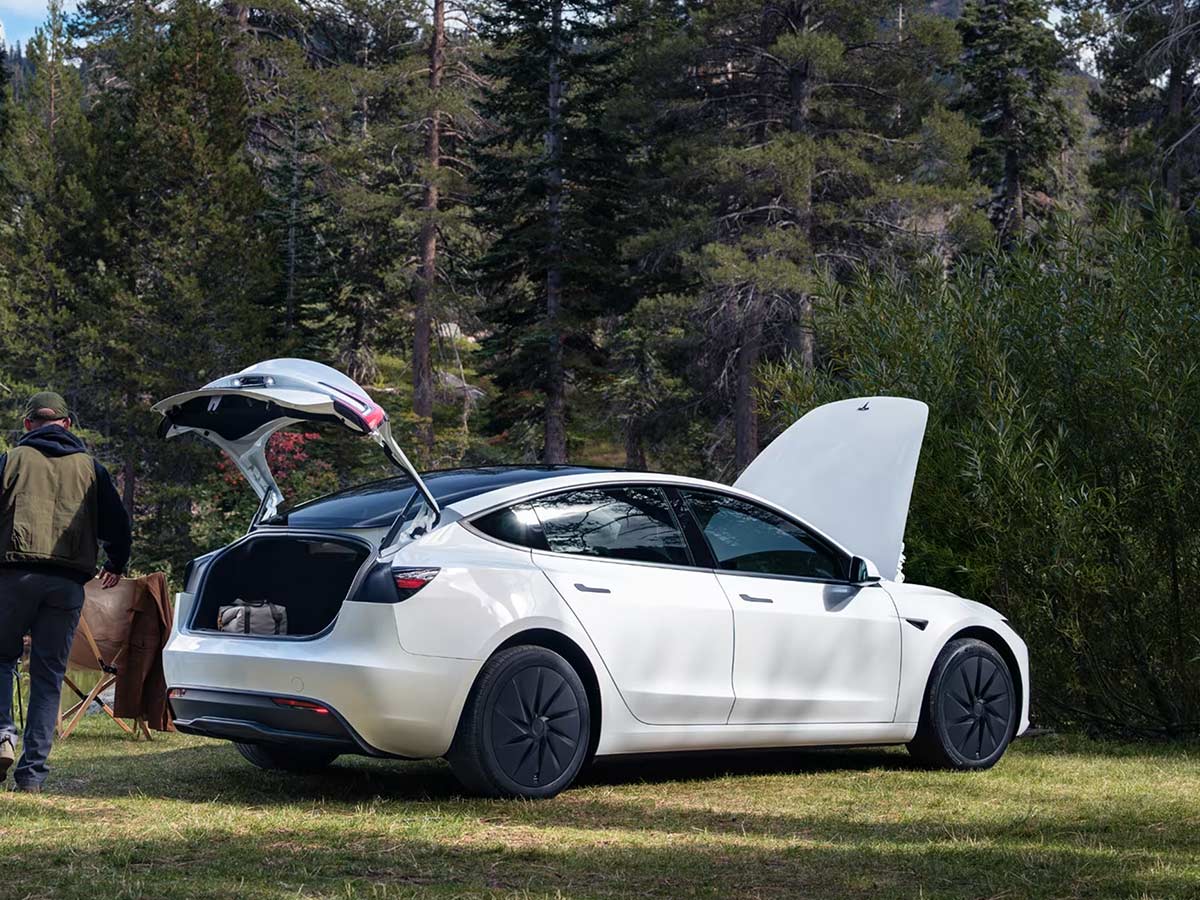
Practical implications – how the cuts matter day-to-day
- Daily driving – for urban commuters and most suburban families, the Model 3 Standard covers the basics: good range, access to Superchargers, and the familiar Tesla digital ecosystem.
- Long trips – the slower peak charging and smaller margin of battery capacity vs higher trims make trip planning more important. Opting for smaller wheels and efficient driving will preserve range and reduce stops.
- Comfort & convenience – buyers who value creature comforts – ventilated seats, powered mirrors, ambient lighting, premium audio – should budget for upgrades or consider higher trim levels. The Standard is an efficiency/price play, not a luxury play.
Pros and cons – quick snapshot
Pros
- Substantially lower entry price into Tesla ownership.
- Strong single-charge range for the price class.
- Access to Tesla’s charging network, ecosystem and frequent OTA updates.
Cons
- Critical comfort and convenience features removed or downgraded – manual mirrors, no ventilated seats, simpler seats and trim.
- Reduced Supercharging speed – longer top-up stops on long distances.
- Autosteer / higher-level driver assistance not standard – add cost if you want it.
Is the Model 3 Standard worth it?
That depends on what you want. If your goal is the lowest-possible price getting into a Tesla that still delivers useful range, OTA updates and access to Superchargers, the Model 3 Standard is a smart, pragmatic choice. If you prize in-car creature comforts, higher charging throughput and advanced driver assistance included as standard, the Standard may feel too stripped for the savings it offers.
